I wanted to find the church of St Mary's. Local folklore claims this as the resting place of the Somerton Witch, whose ghost is supposed to haunt its abandoned nave.

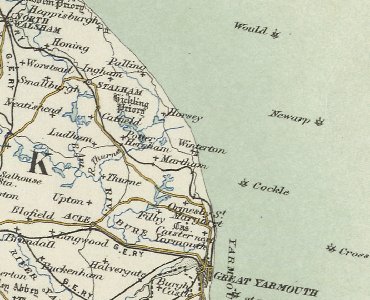
From there, I still had a walk of an hour along country lanes, through the low undulating land of Norfolk.
(this is my "getting-rained-on" face)
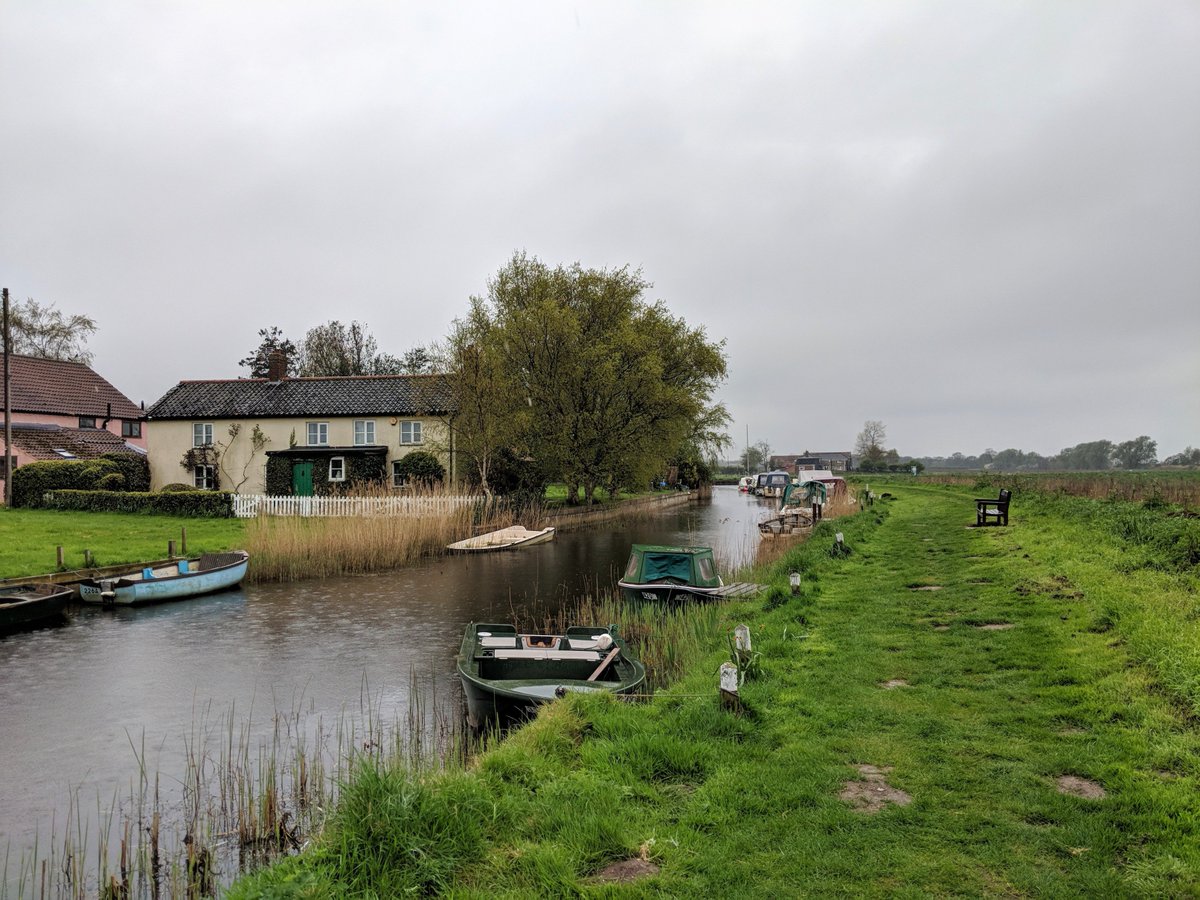

It's a chalk landscape, built over tens of millions of years by microscopic sea creatures that worked on the calcium of long-forgotten seas, then smoothed flat by the procession of the glaciers.
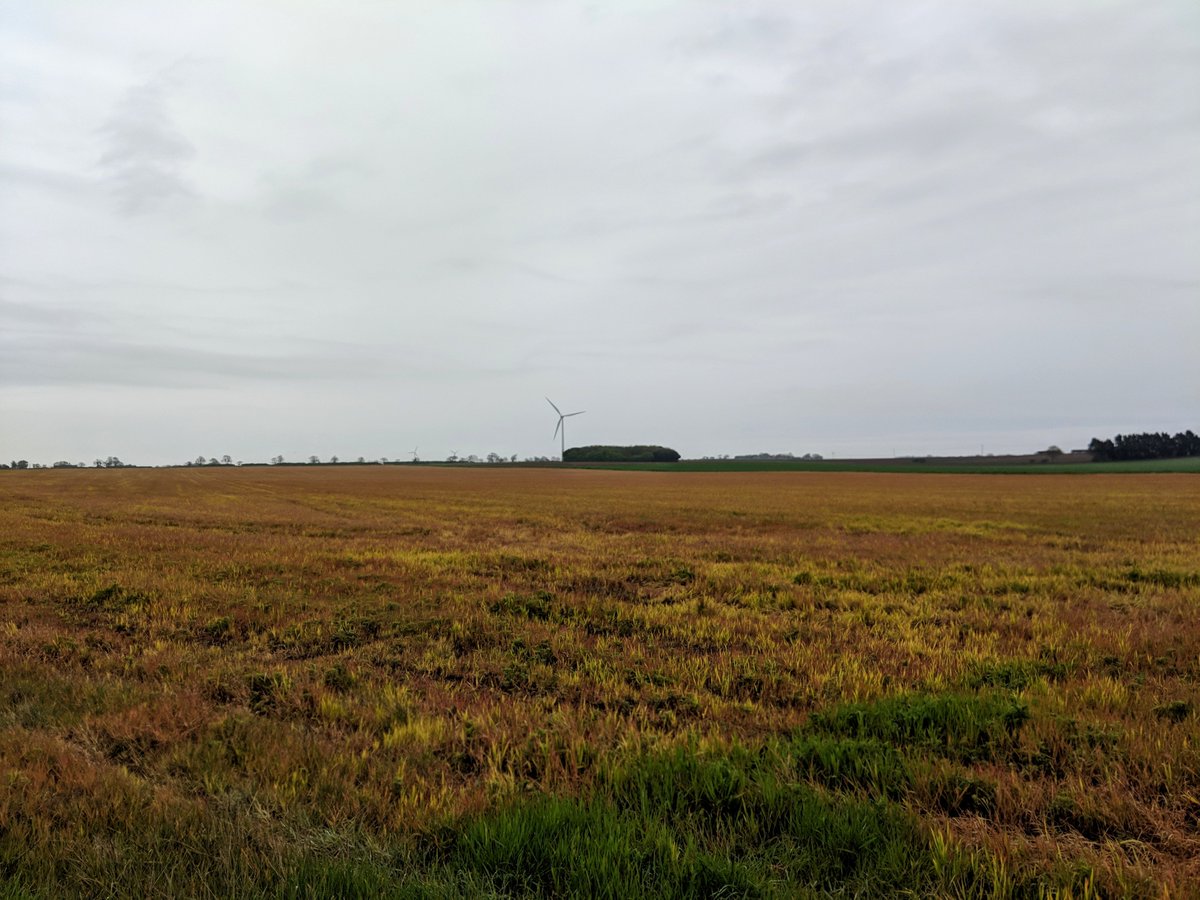
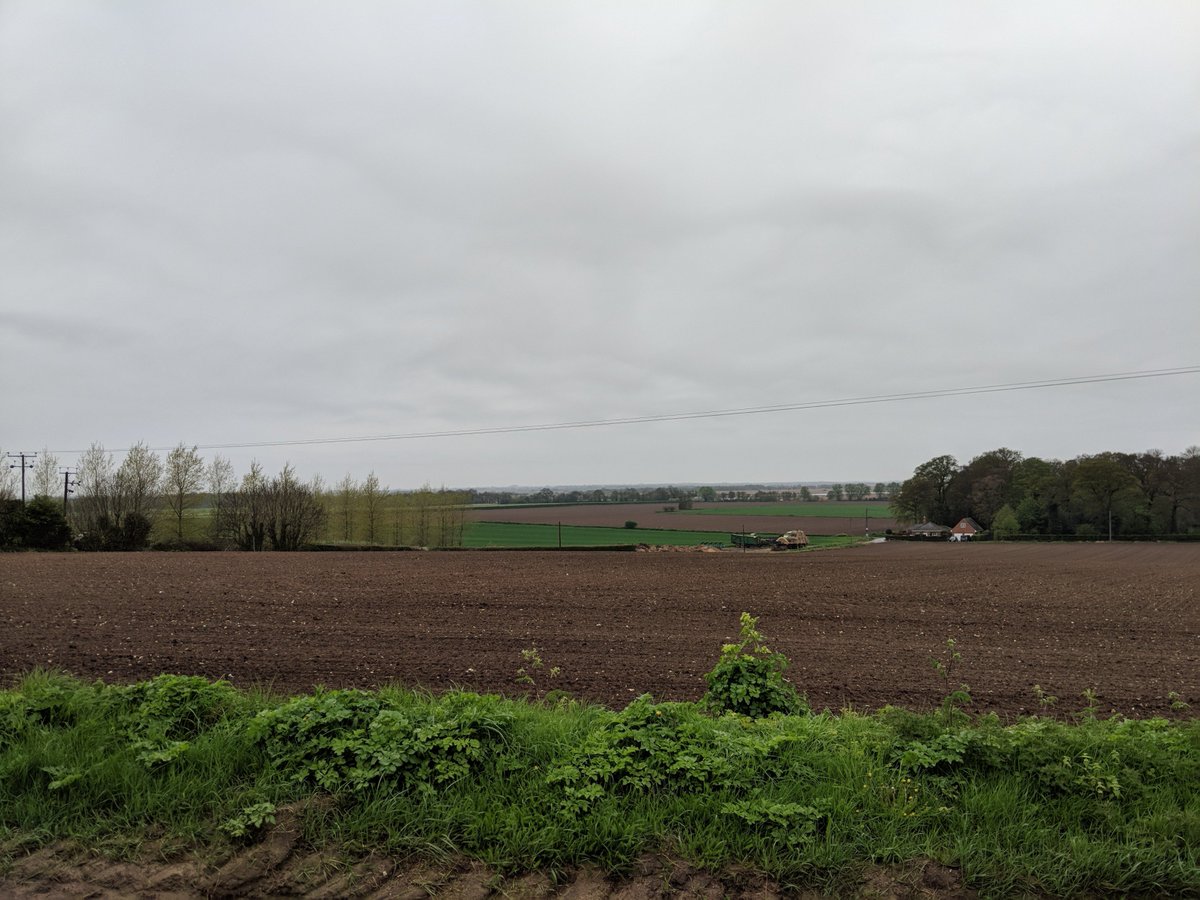
Here archaeologists have found traces of round barrows, bronze age burial sites, as well as Roman artefacts. (heritage.norfolk.gov.uk/record-details…)
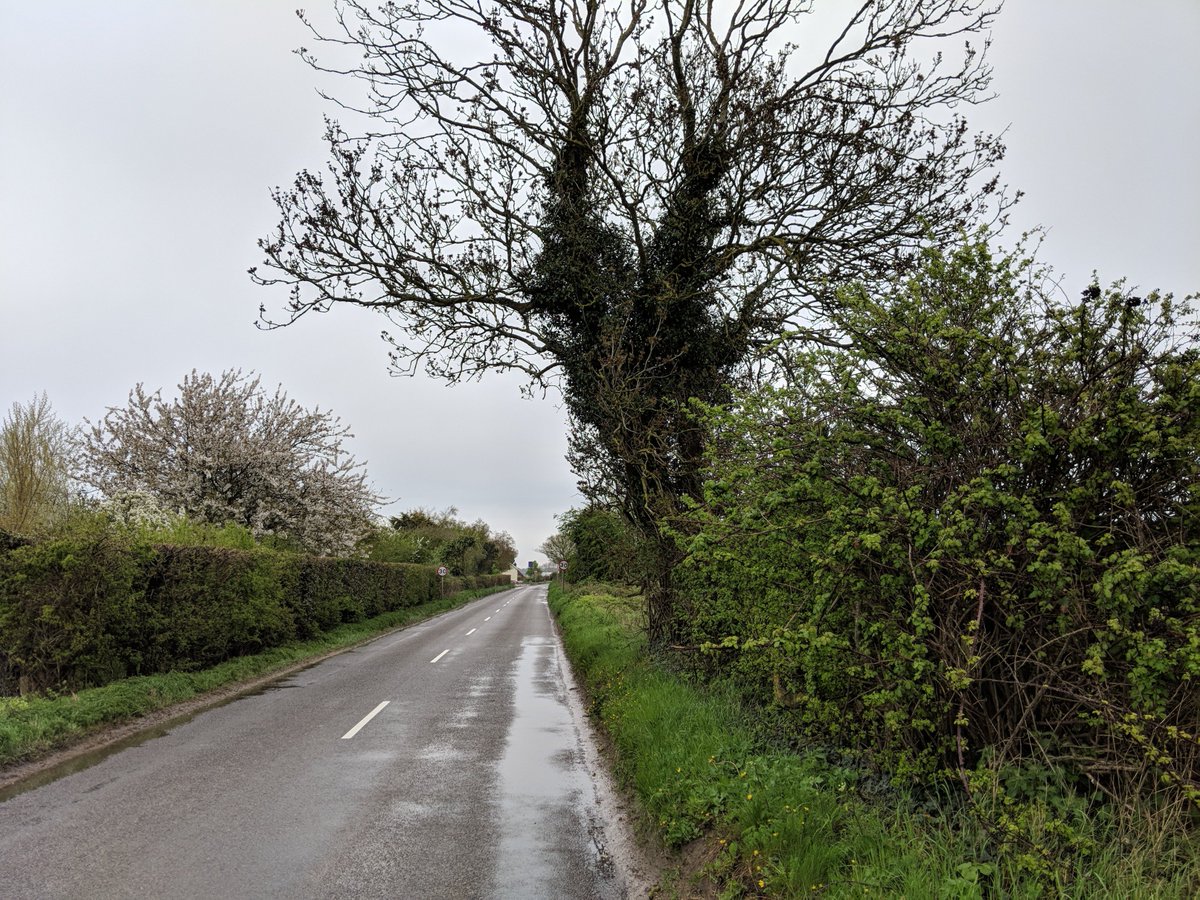
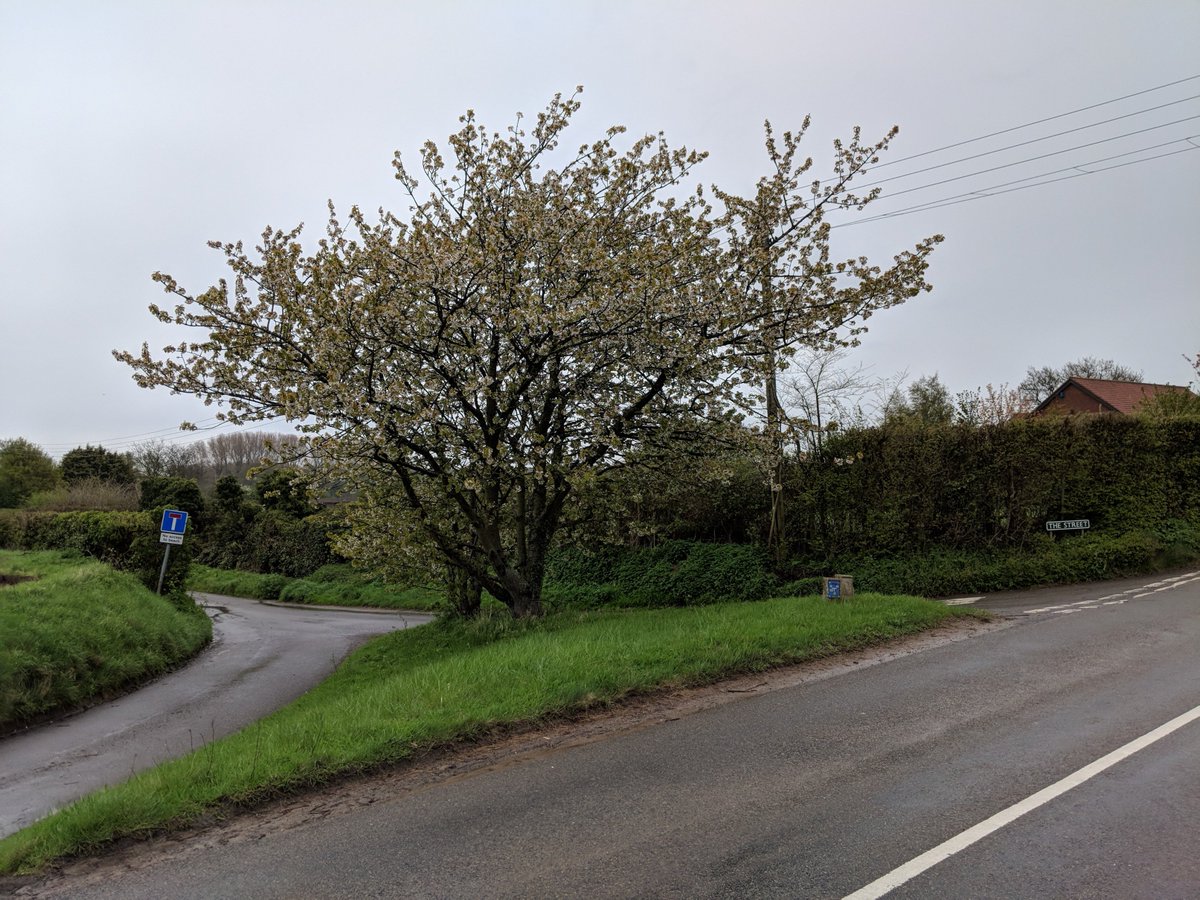
The earliest evidence of human activity in these areas includes finds from the Mesolithic & Neolithic periods.
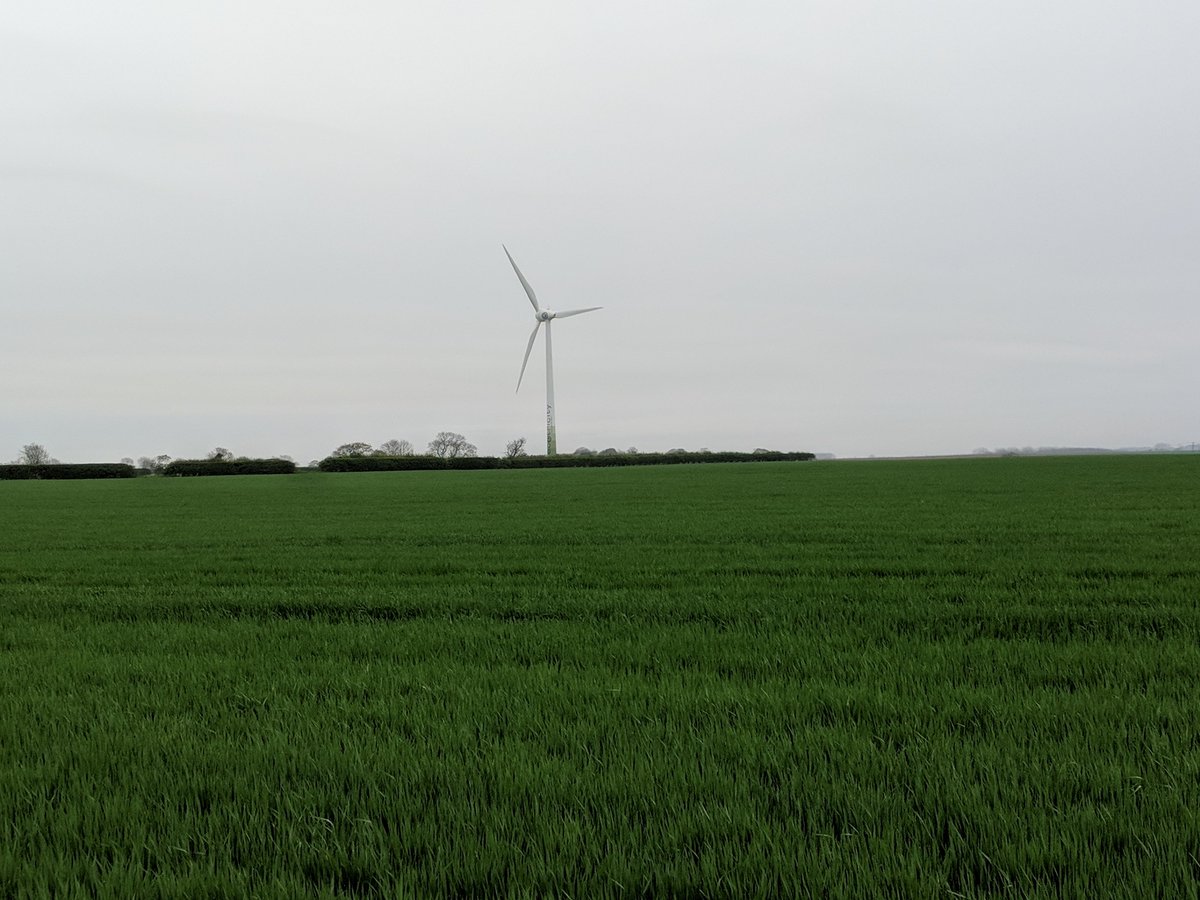
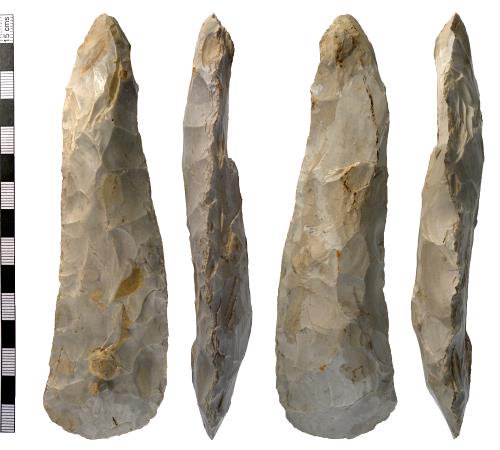
Neolithic mines dot the landscape like lunar craters here. The deepest could be as much as 60ft deep.
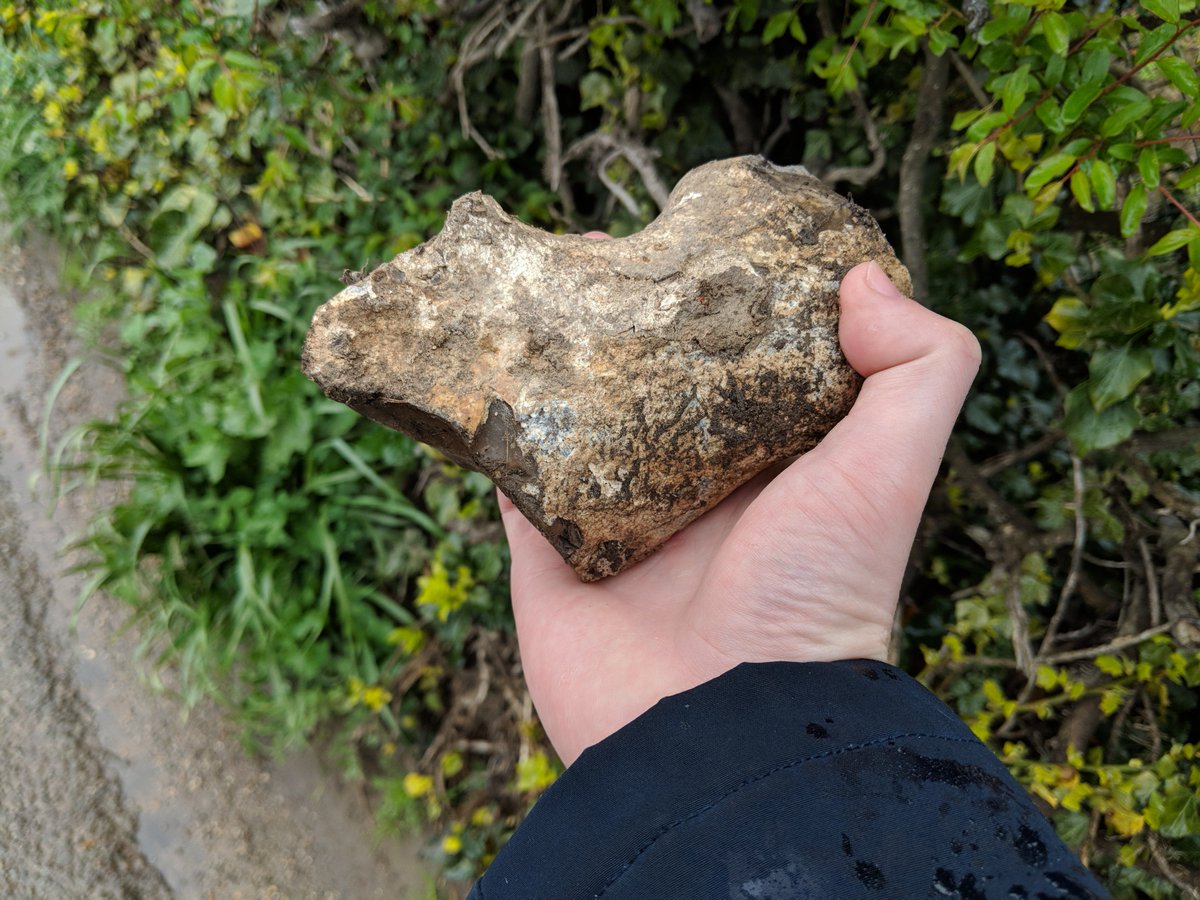

As I went, I remembered the stories early Christians told about this area. Seeing the ancient flint mines that still pocked the landscape, they claimed that this was where the pagan gods had led people down into hell.
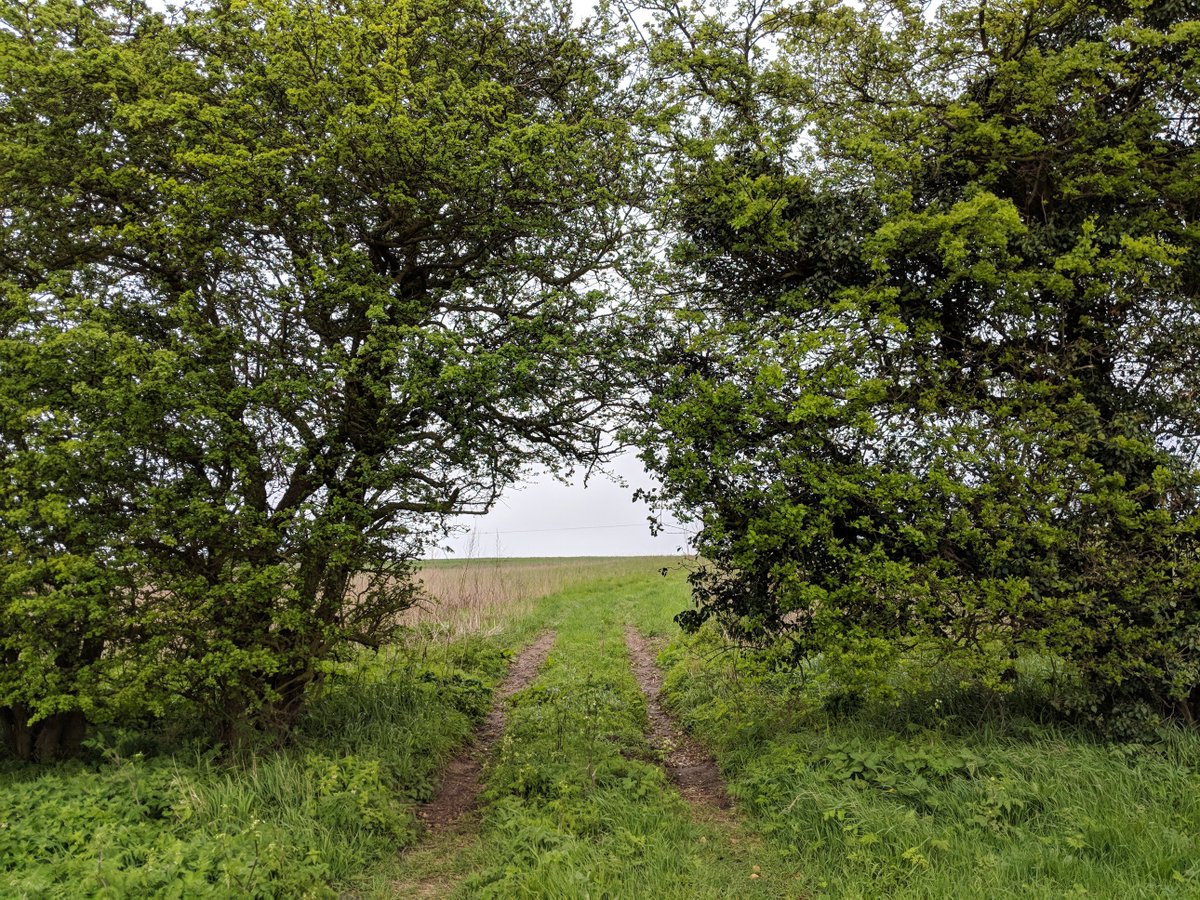
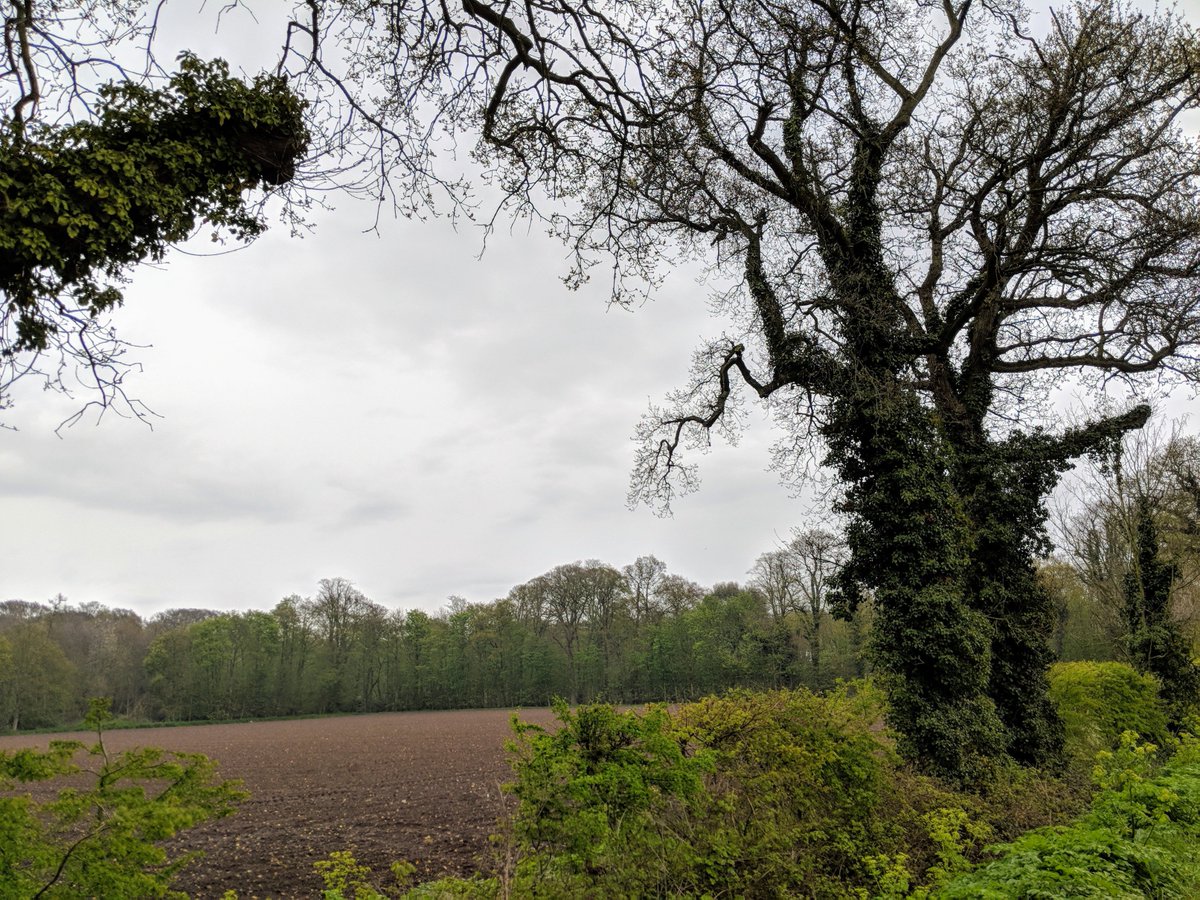
Somerton is an ancient place. The name derives from the Old English for "summer enclosure", suggesting the movement of animals between summer & winter pastures (a village called Winterton is nearby).
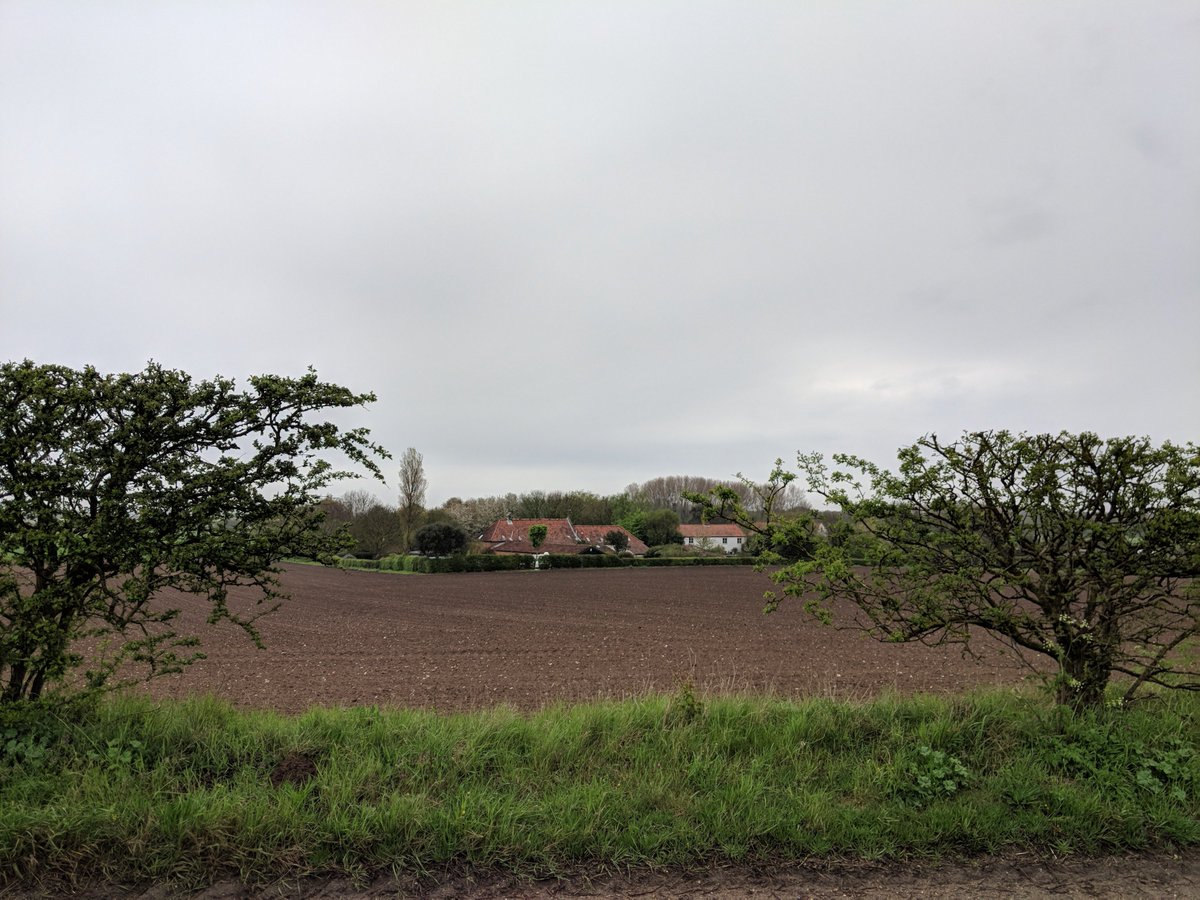
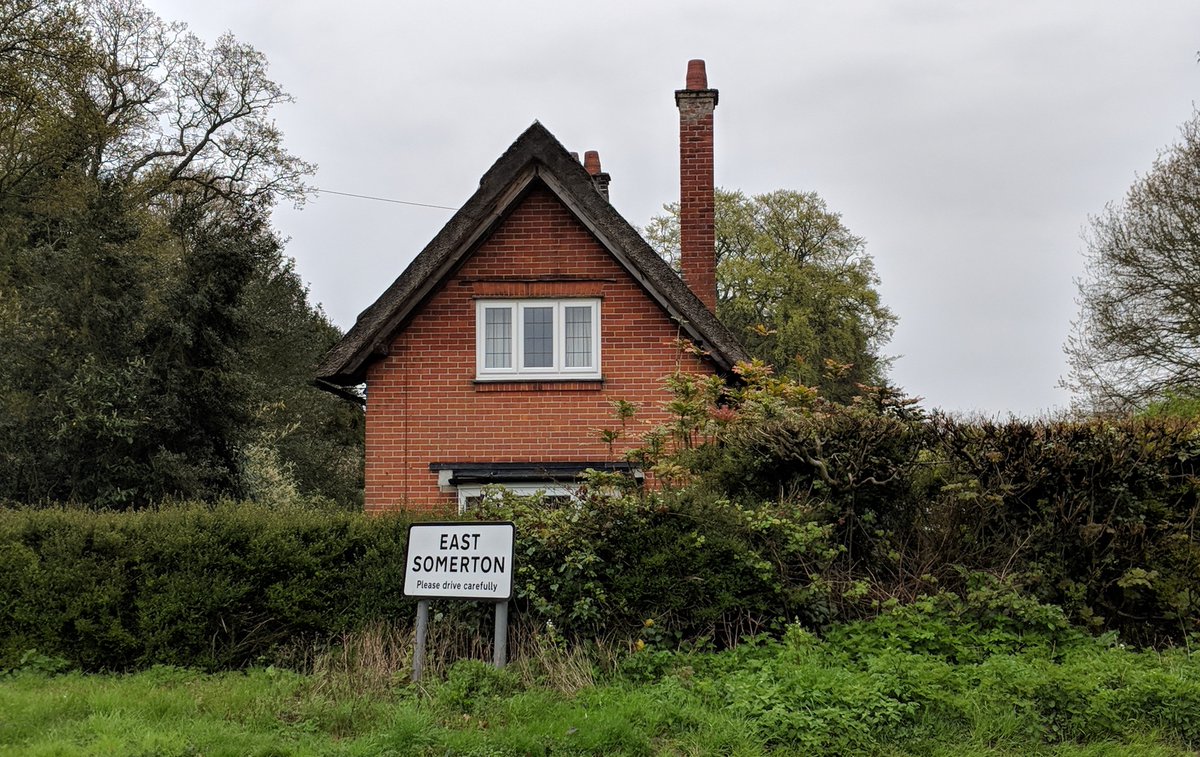
The rain was really starting to come down. The land was overgrown with wild woods, ancient growths of forest bearded by ivies & vines.
I began to think I wasn't going to find anything.
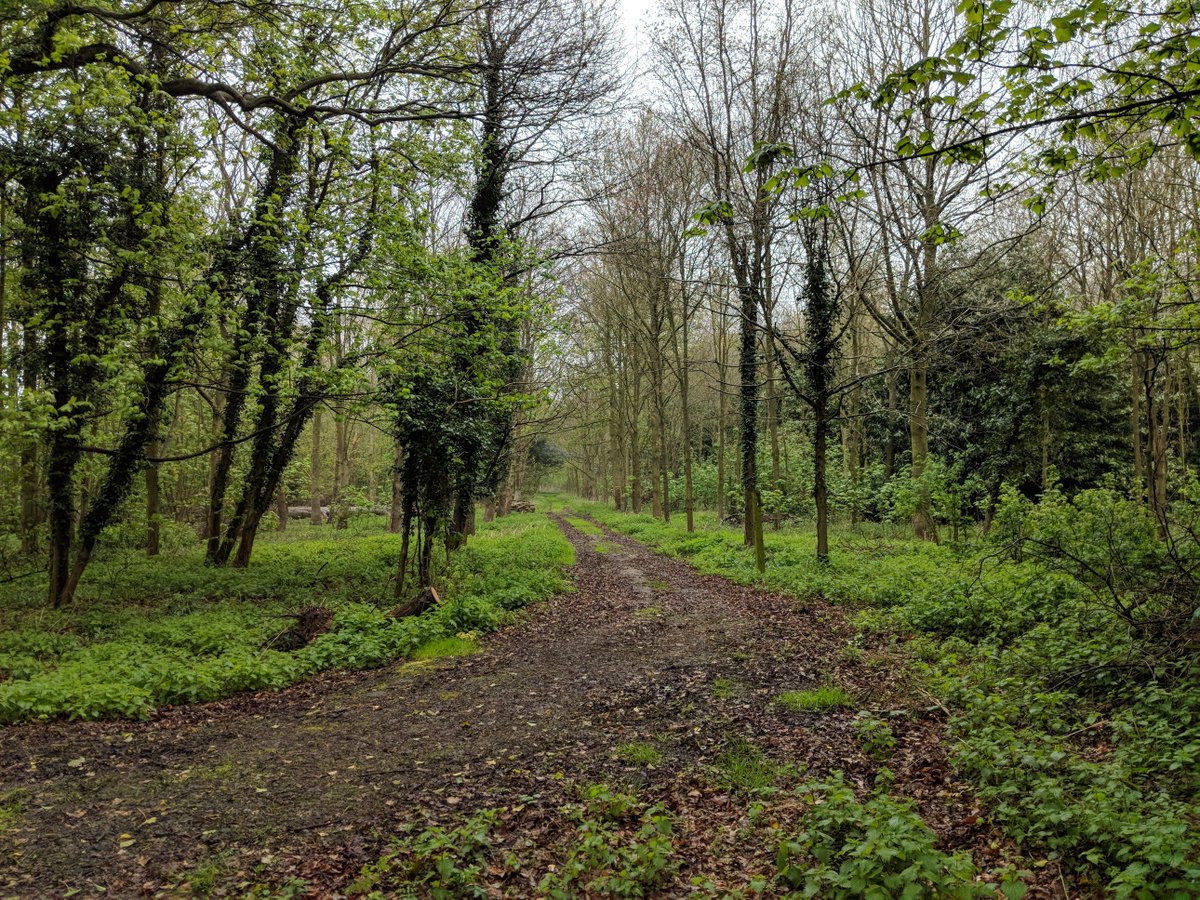
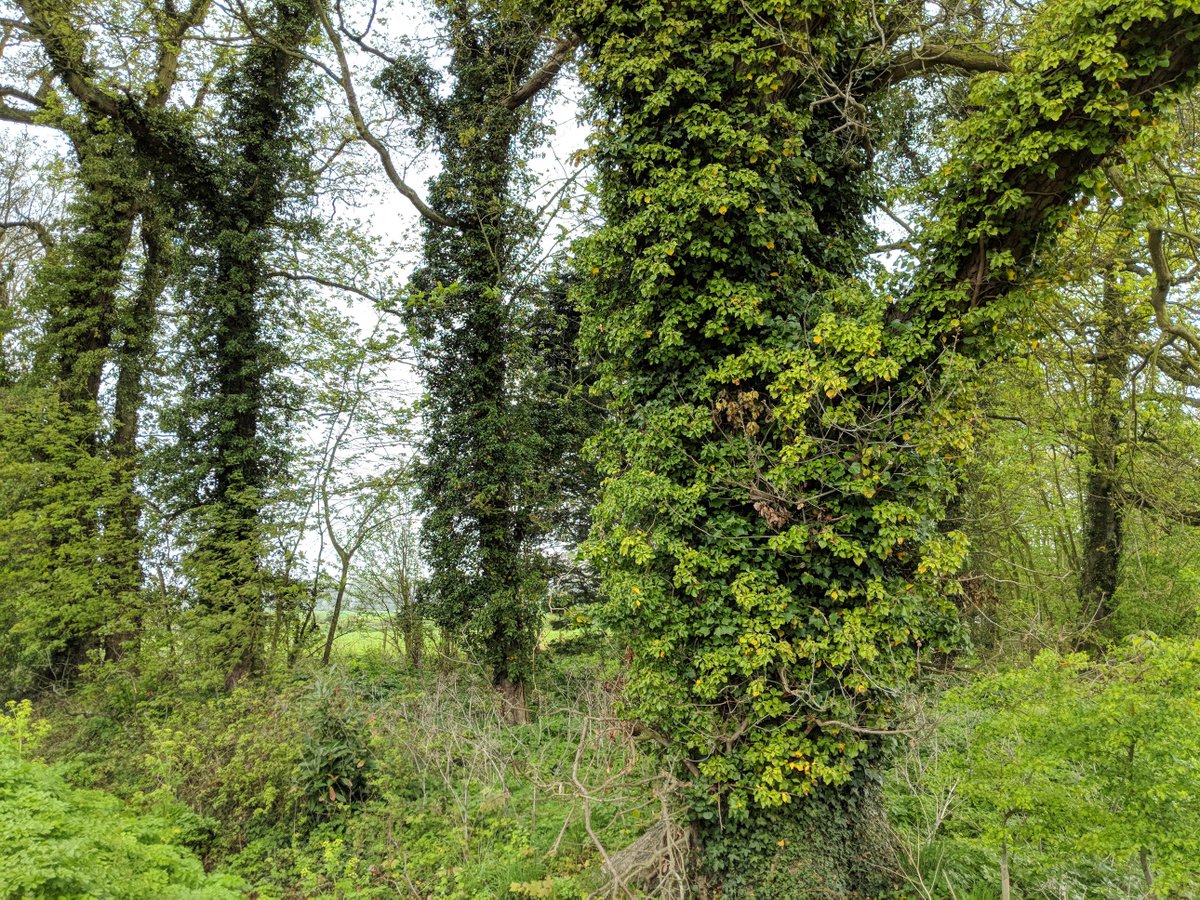
The rain had washed all the leaves a brilliant green, so it felt like a wild & tangled jungle. Flights of crows burst off into the sky whenever I disturbed them.
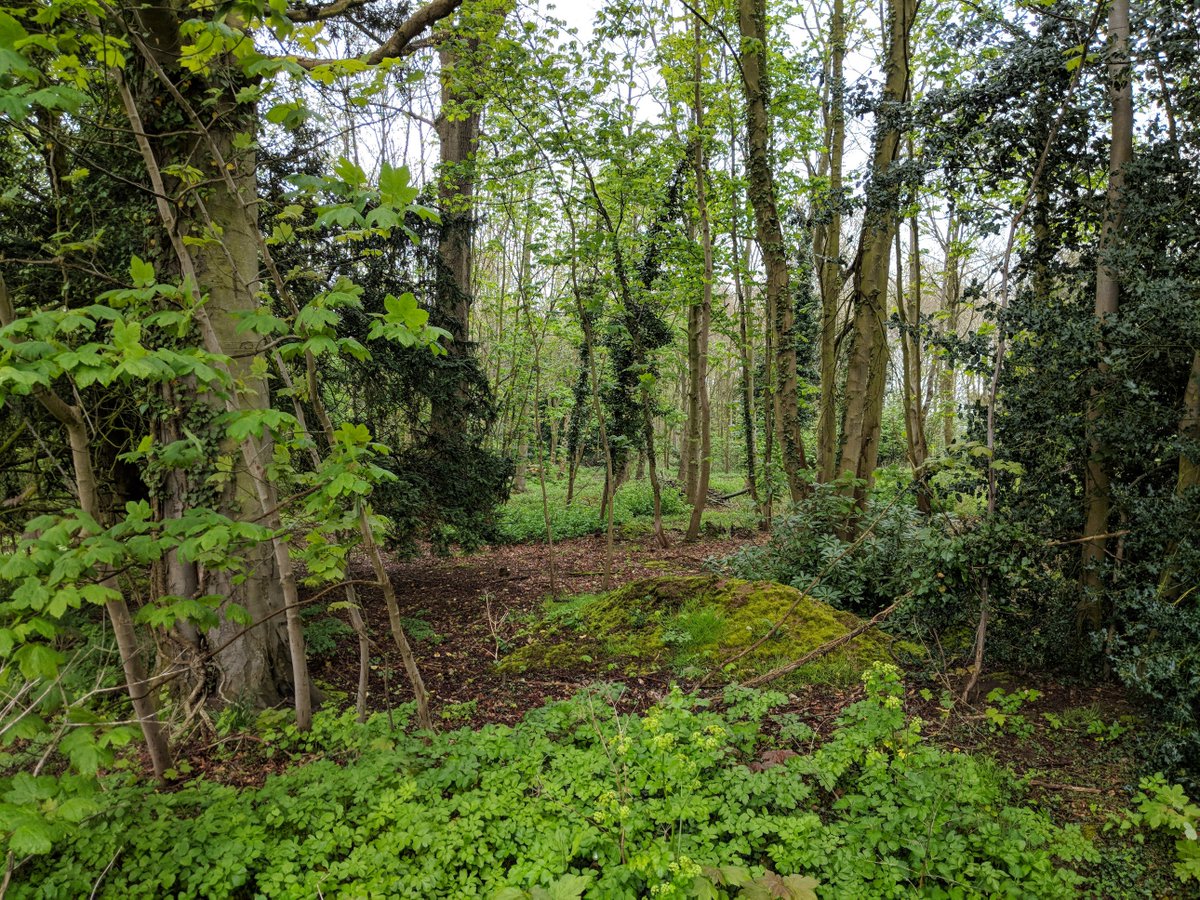

It wasn't until I got quite close that I realised the ruined church stood right ahead of me, almost invisible in wreaths of ivy.
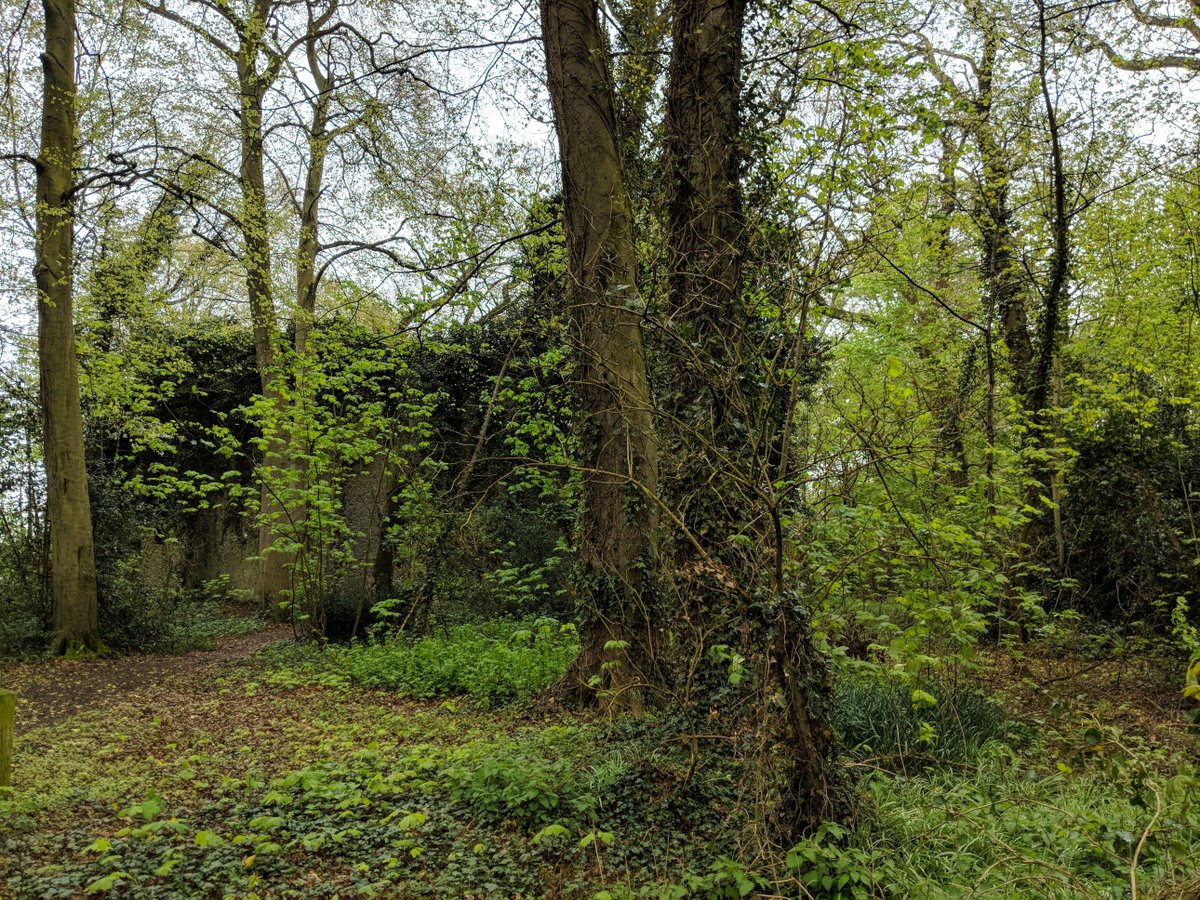
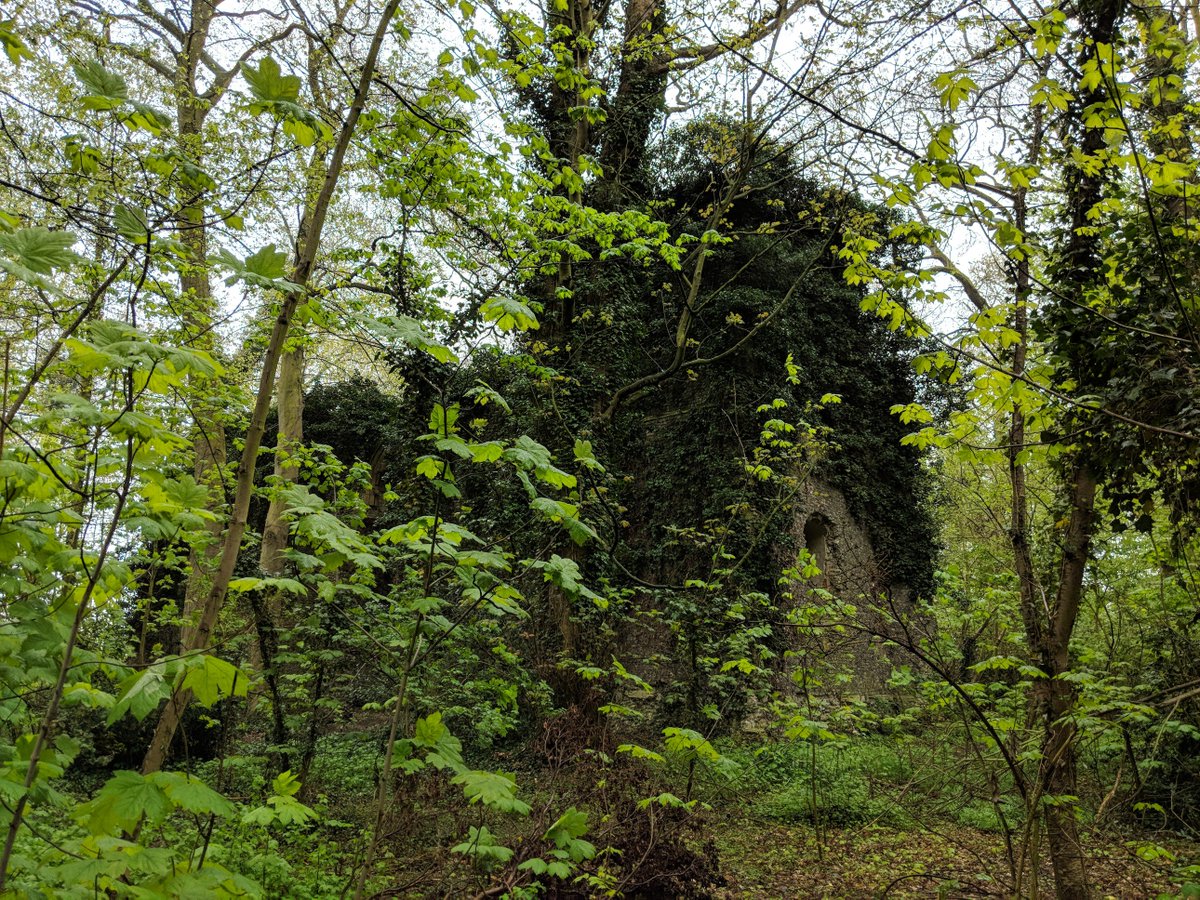
Nothing had prepared me for the eerie beauty of this ancient thing, lost in the middle of the forest.
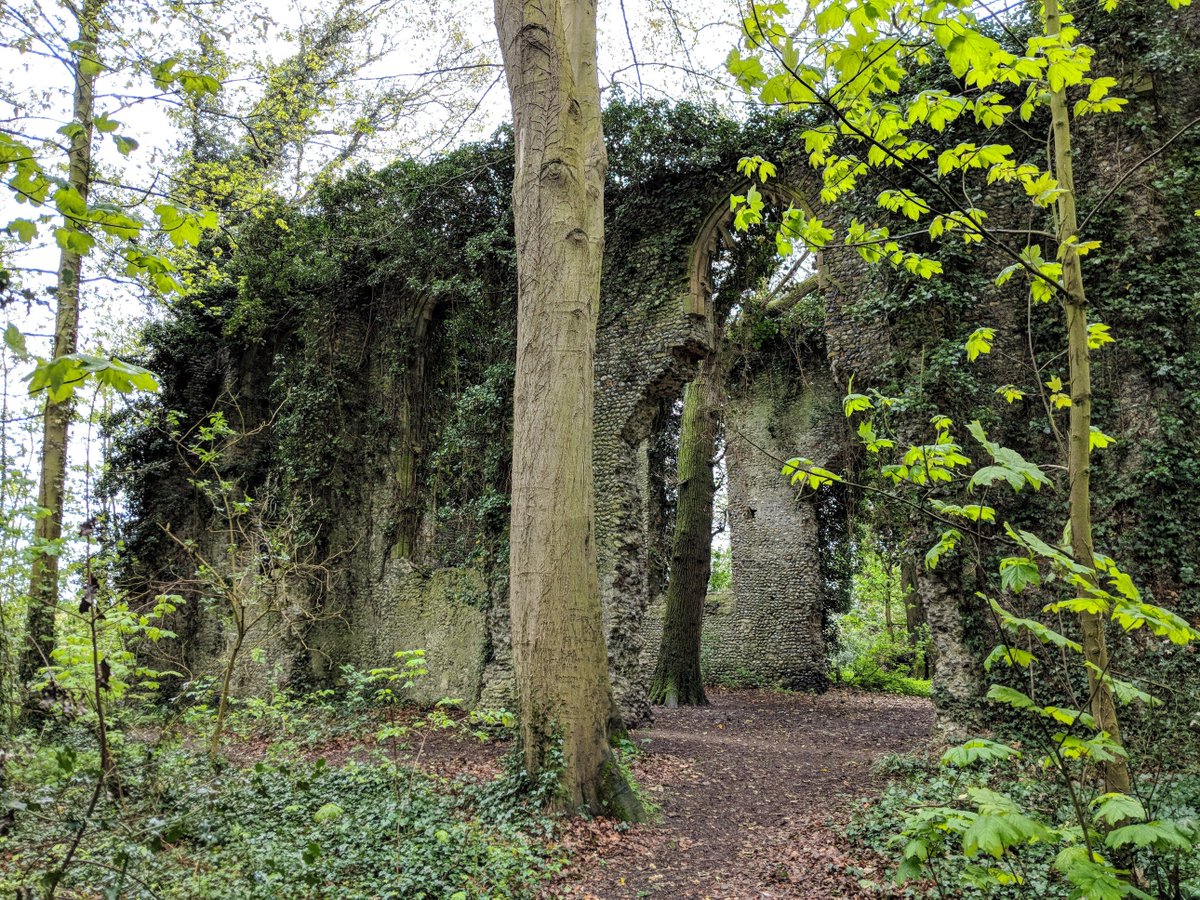
The wreaths of ivy & elder growing all over these crumbling walls reminded me of Turner's 1794 paintings of Tintern Abbey - a wild, Arcadian paradise.
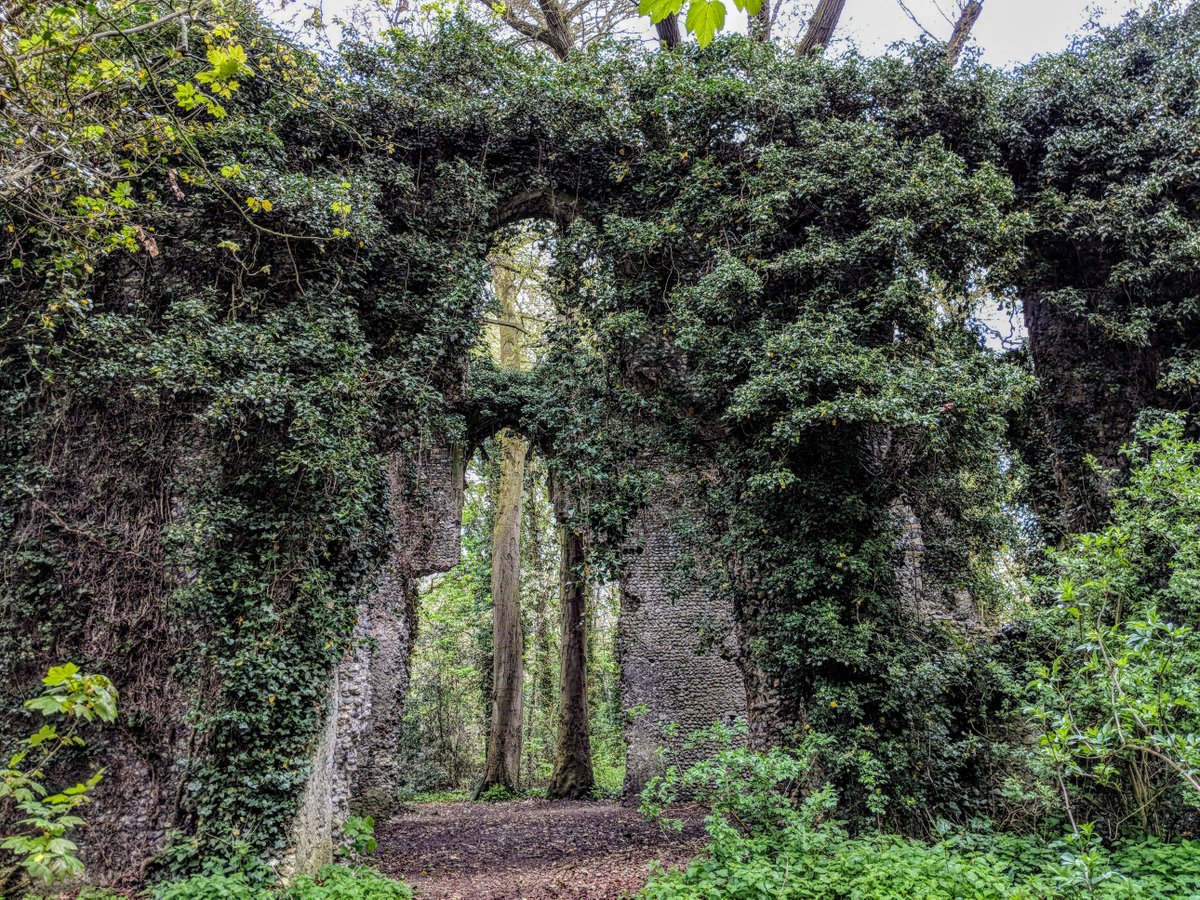
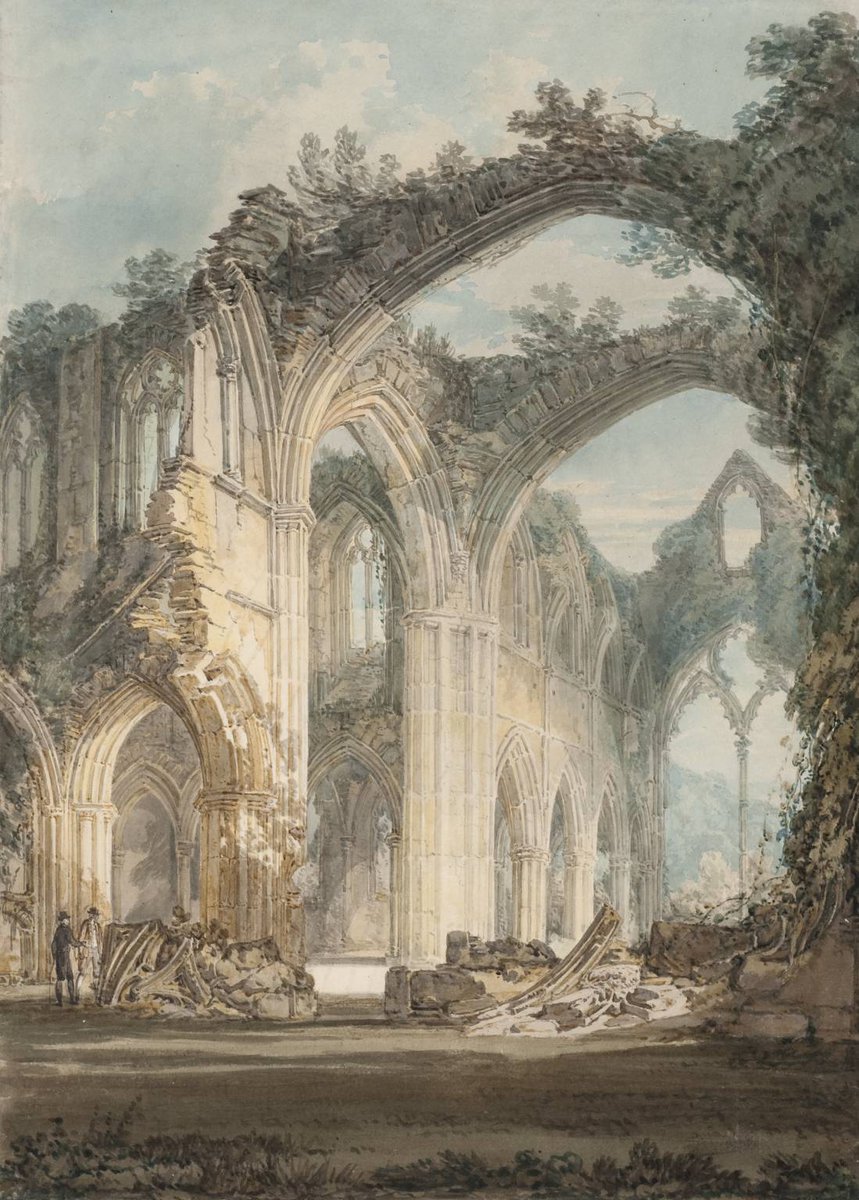
Walking under the great crumbling arches of the lost chancel was a surreal experience. They seem suspended in mid-air, about to fall at any moment.
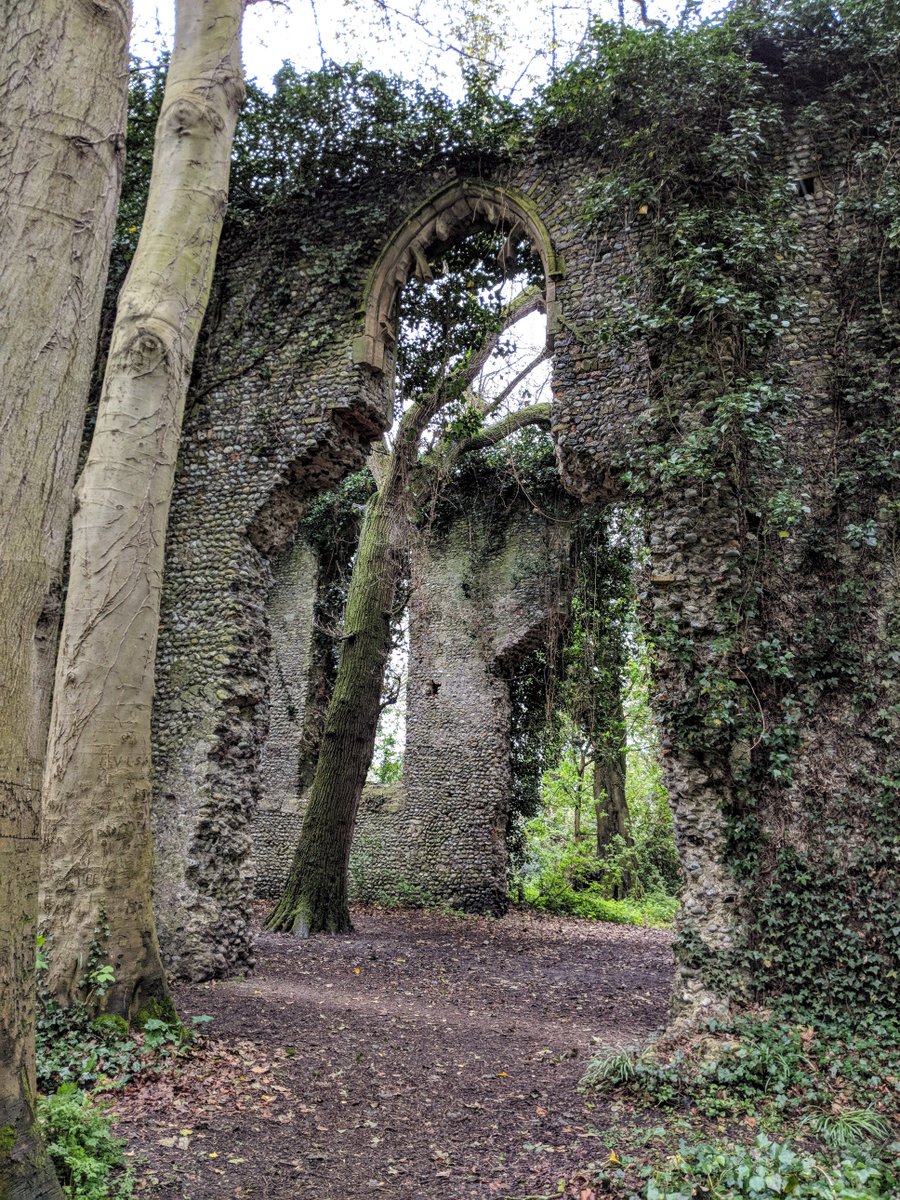
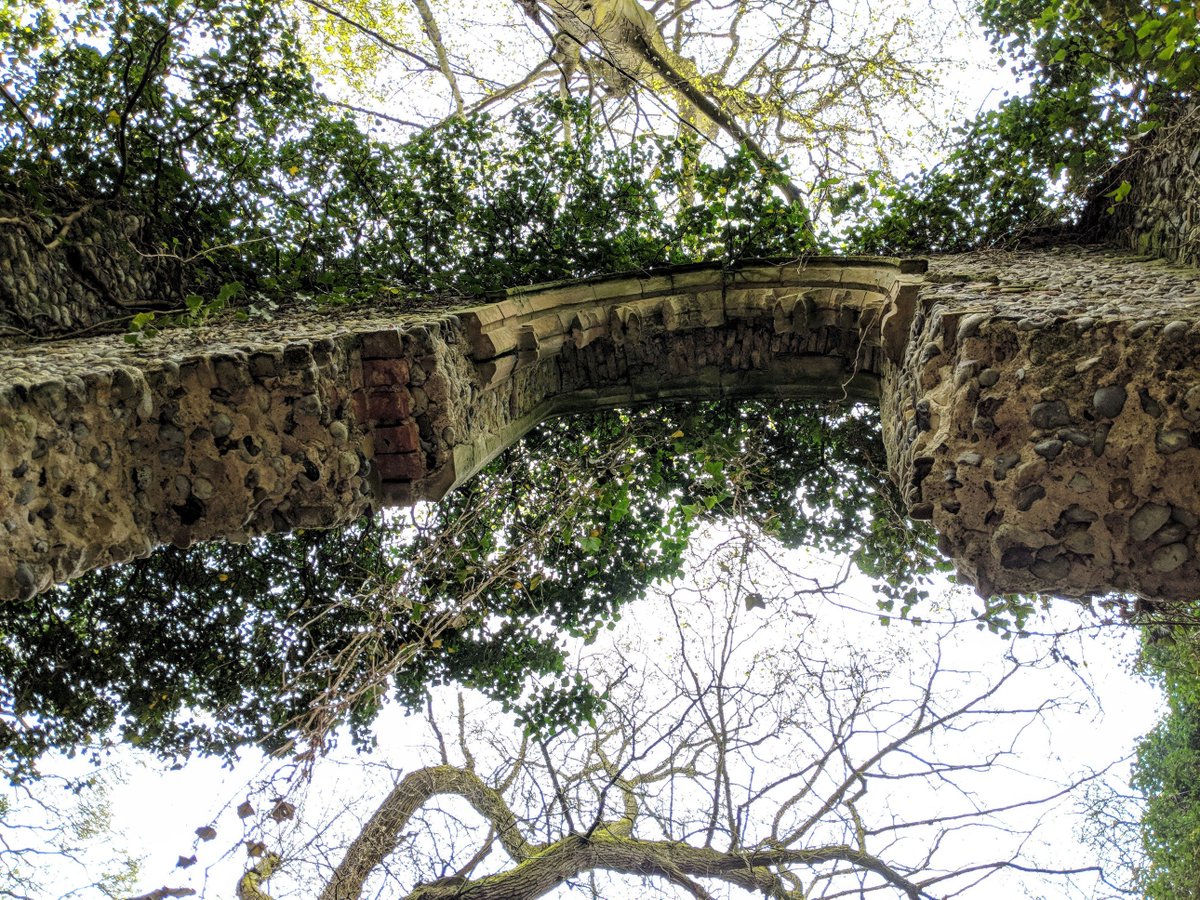
This is the key to the folklore of the witch of Somerton.

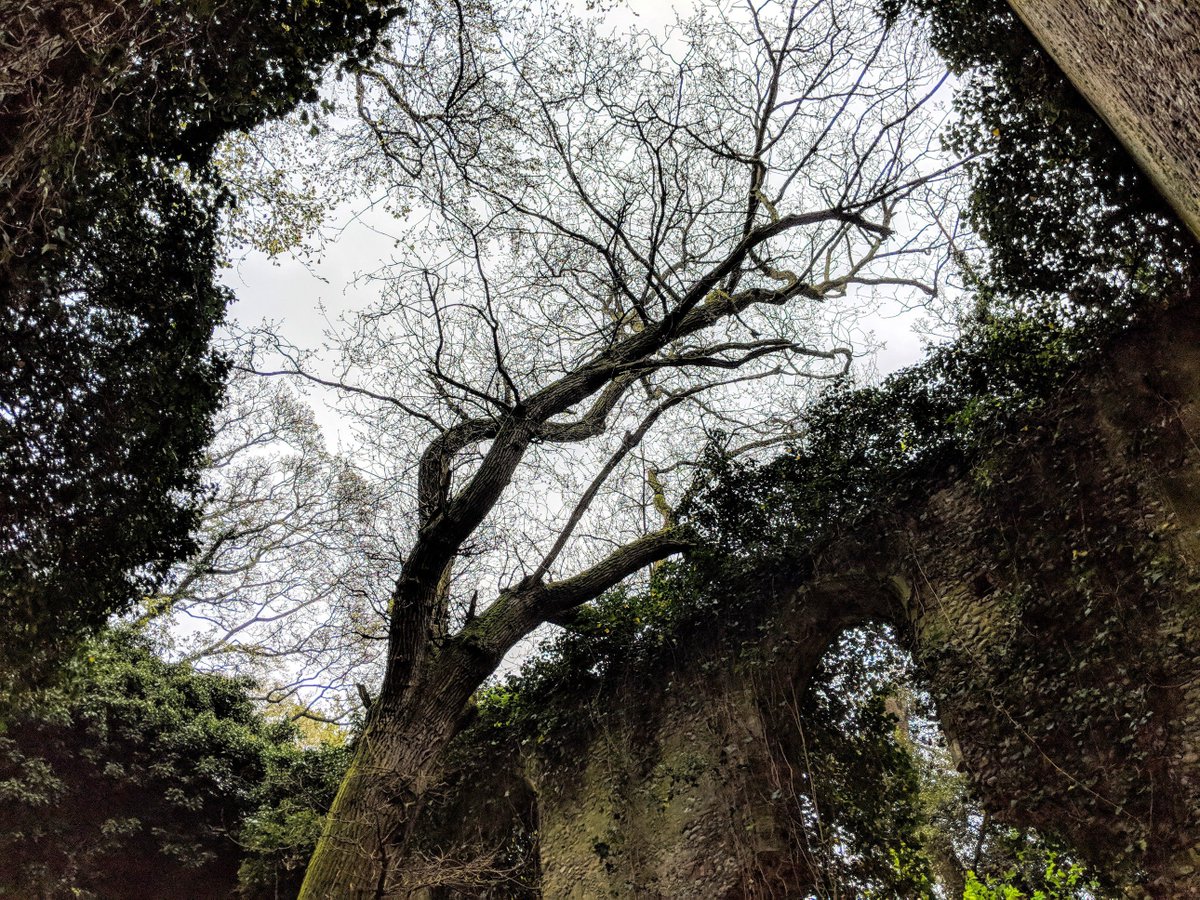
But the witch had her revenge: she cursed the church, & her wooden leg grew into this oak tree, destroying the roof & sending the church into ruin.
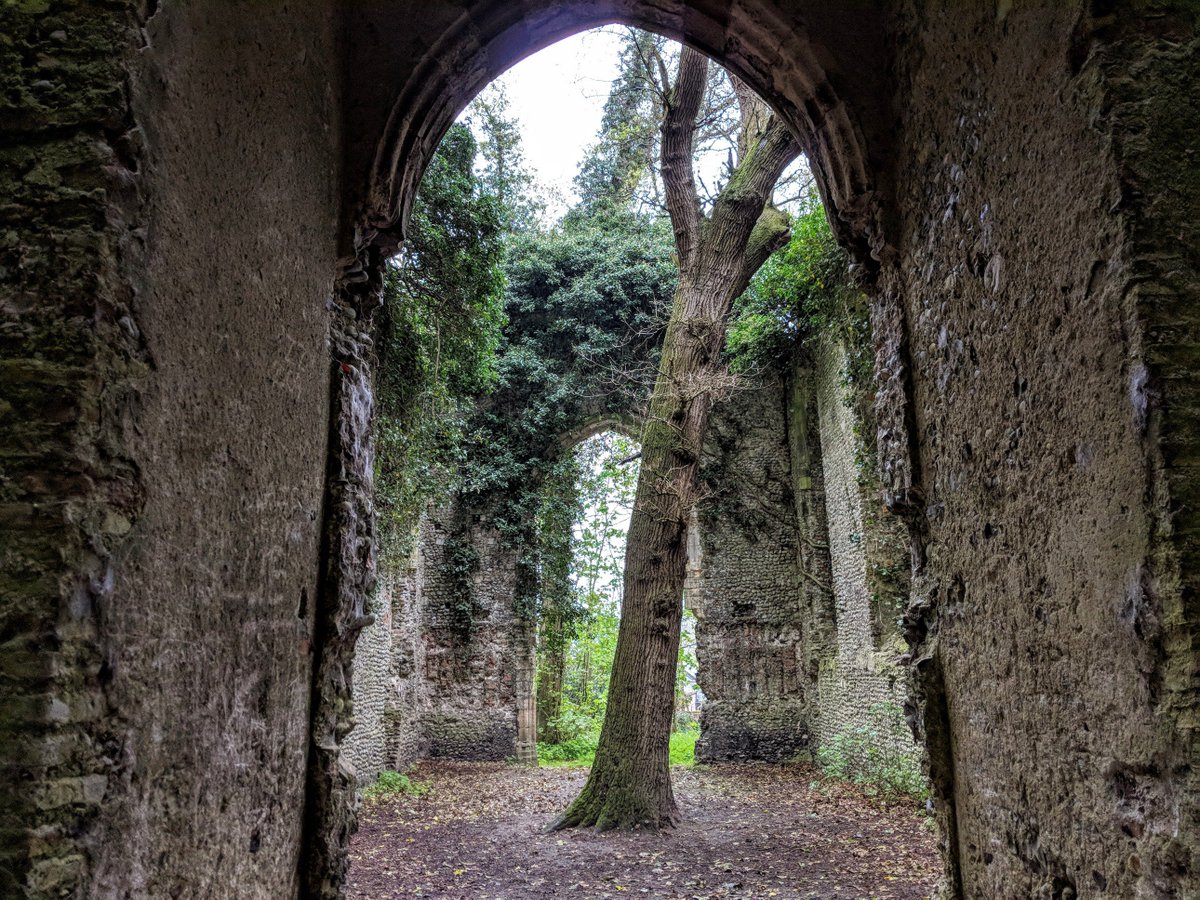
Needless to say, I was very careful to cross the tree only on one side while exploring this ruin.
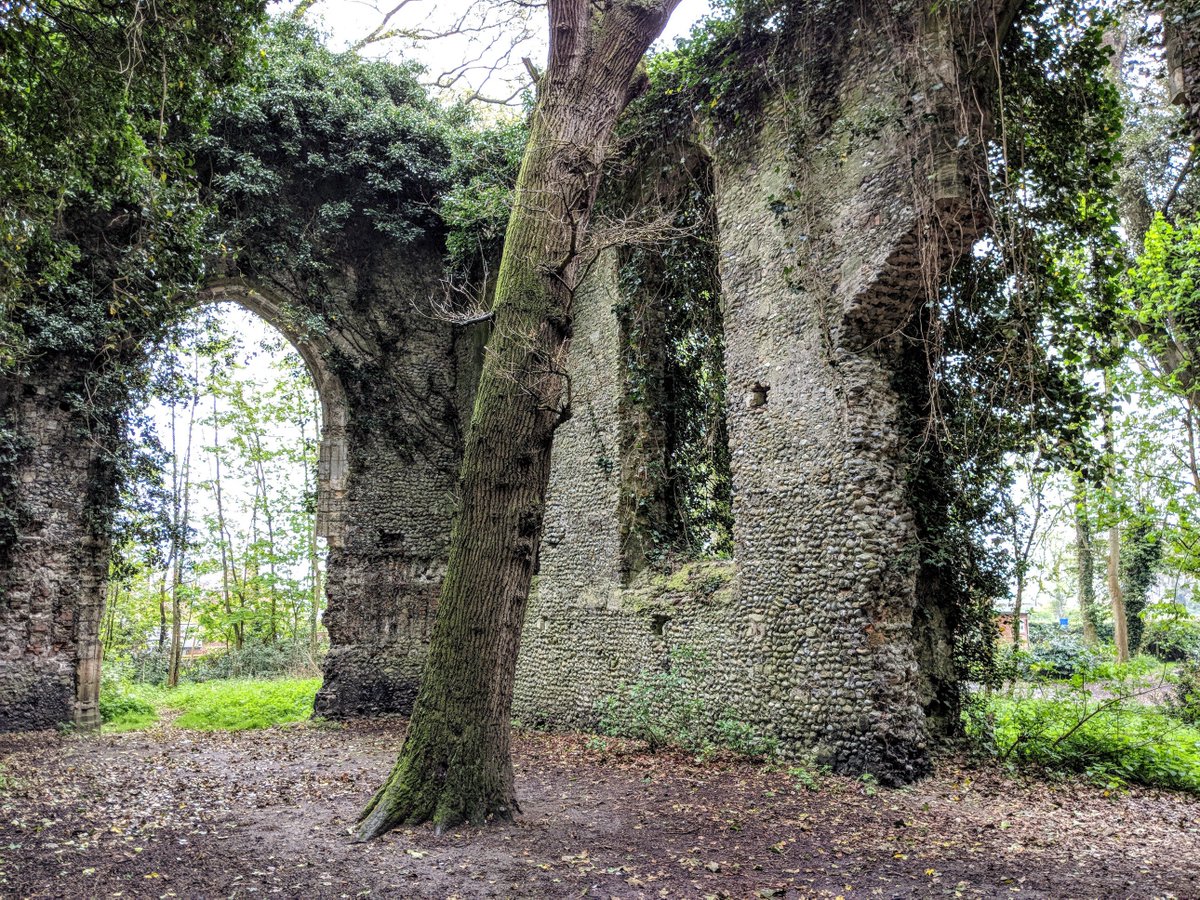
While looking up into the bell tower, a flock of pigeons burst away from their roosts all at once, & I jumped out of my skin.
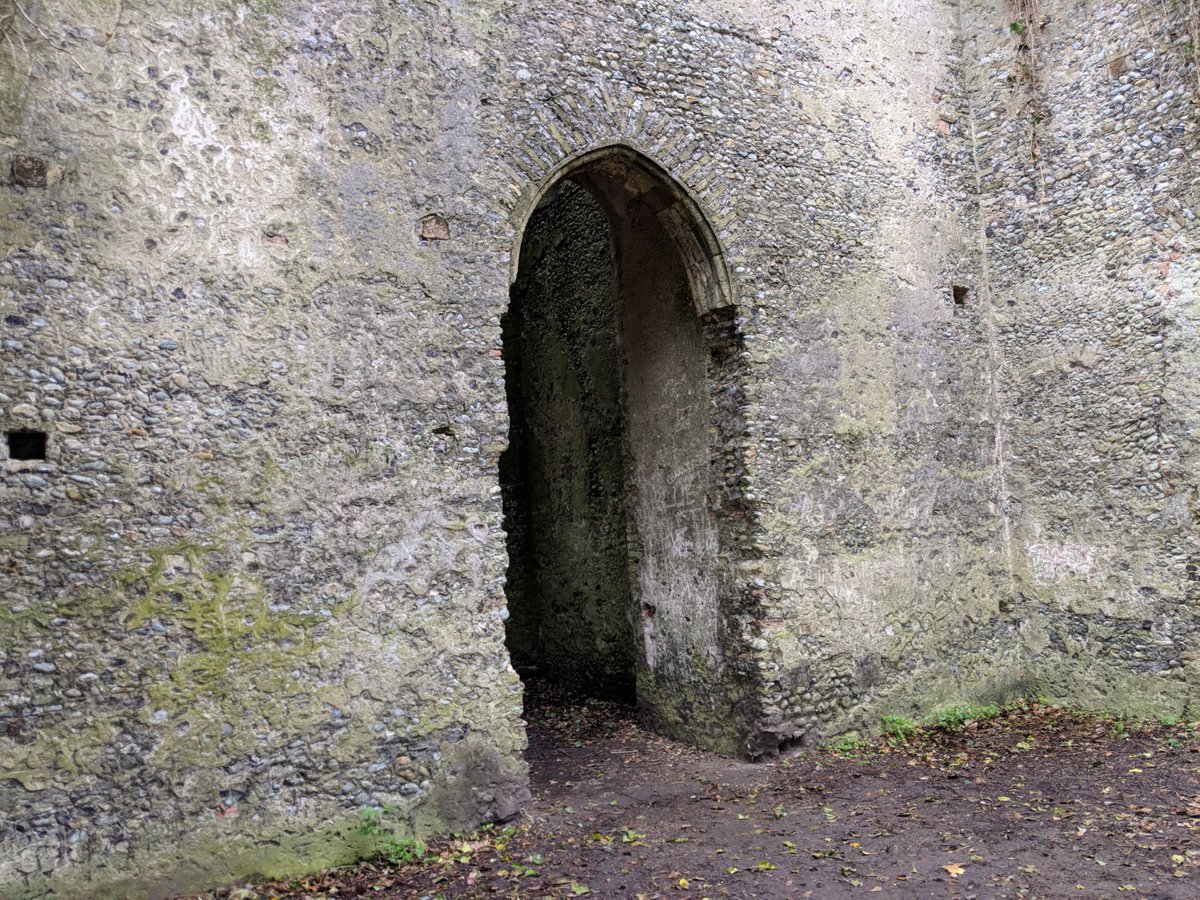
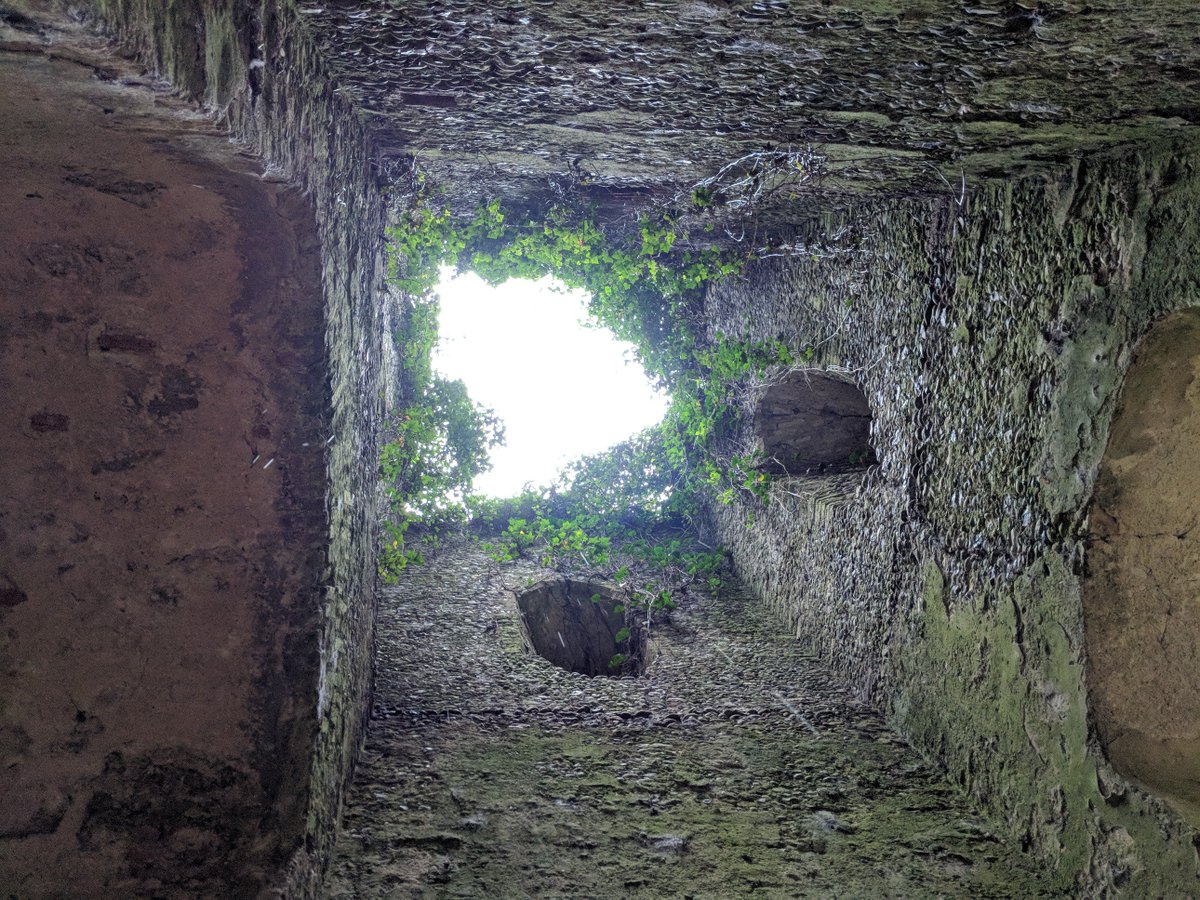
That's because ruins make strangely senseless things on their own. Broken walls enclose nothing. Crumbling staircases suddenly lead to nowhere. Trees grow indoors. We tell stories to make sense of this strangeness.
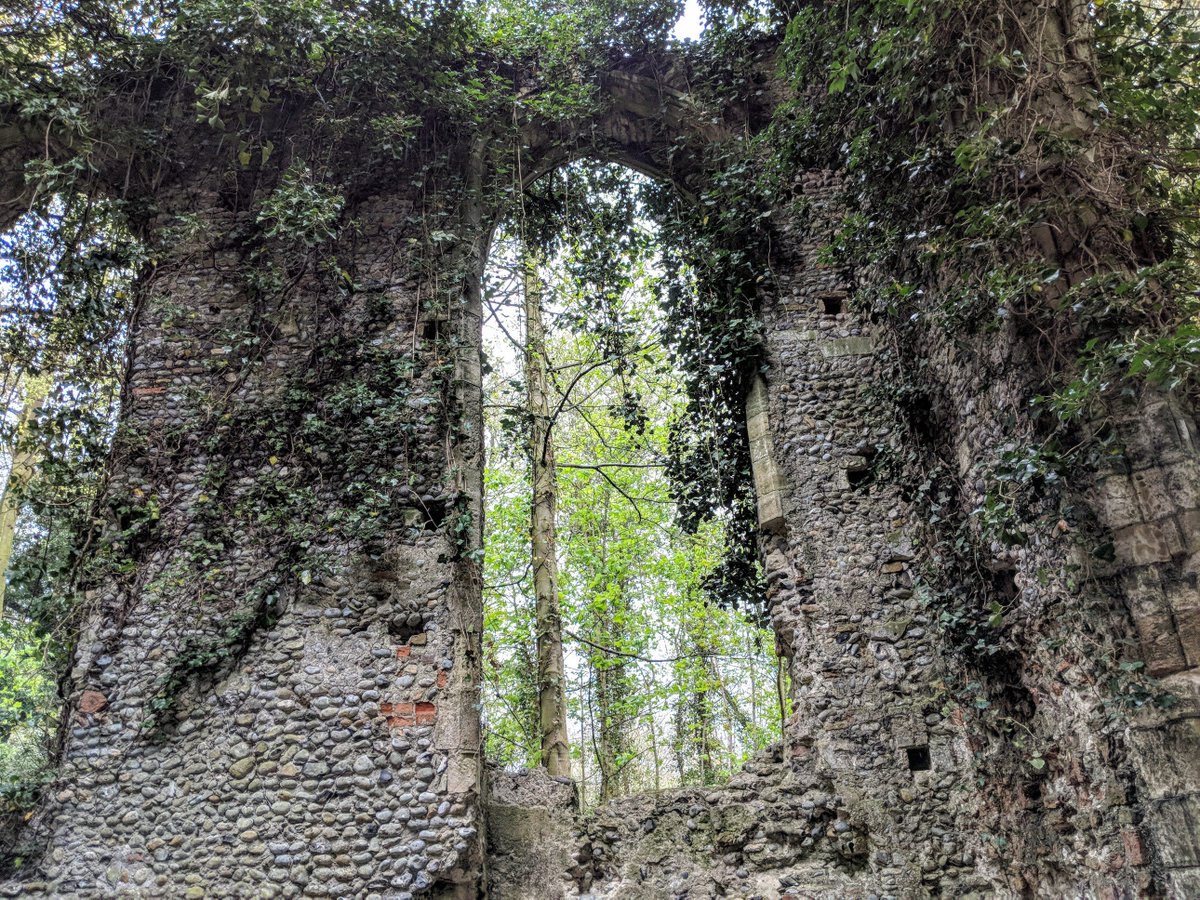
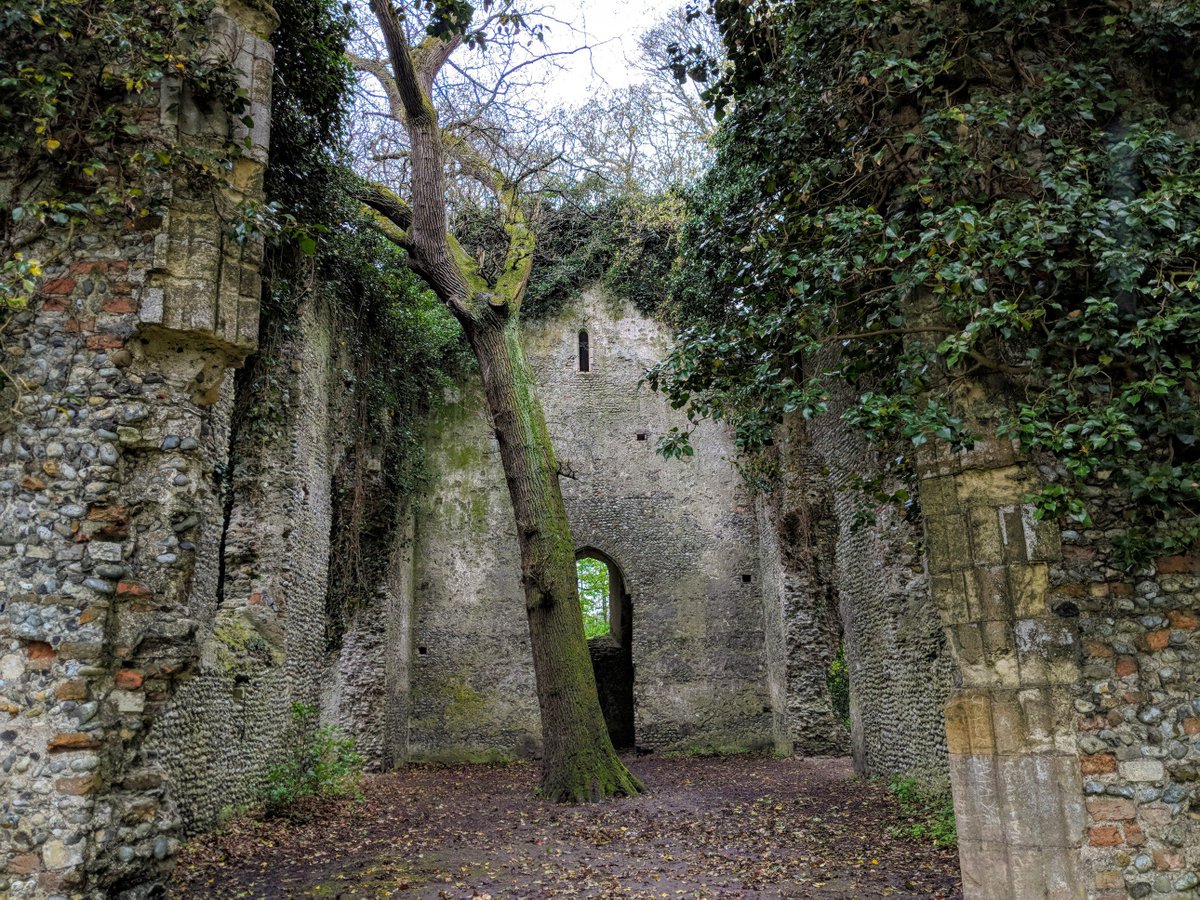
That's part of the reason people try to place their own meaning onto these stones, dotting them with graffiti & tags.
They want to feel part of the passage of time embodied in the ruin, making it a carrier of their name.
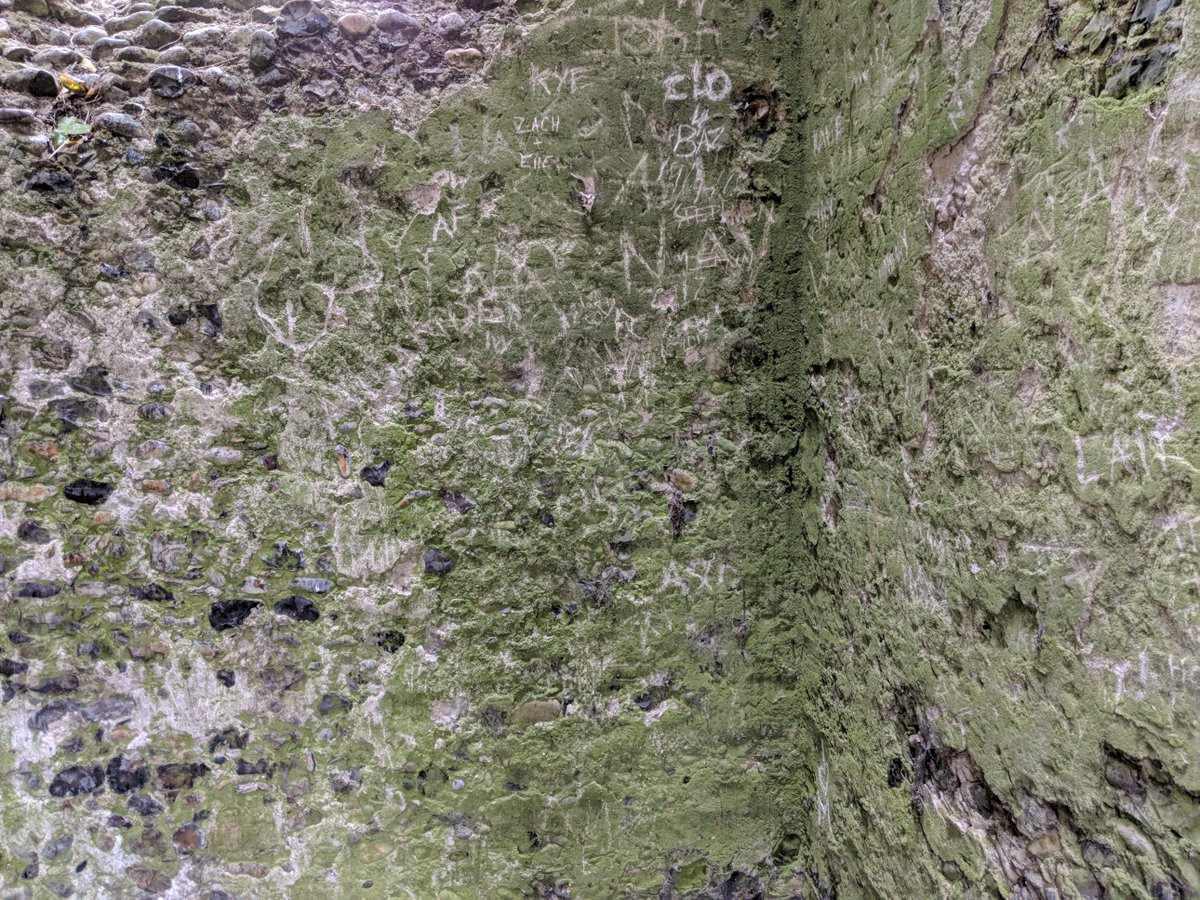
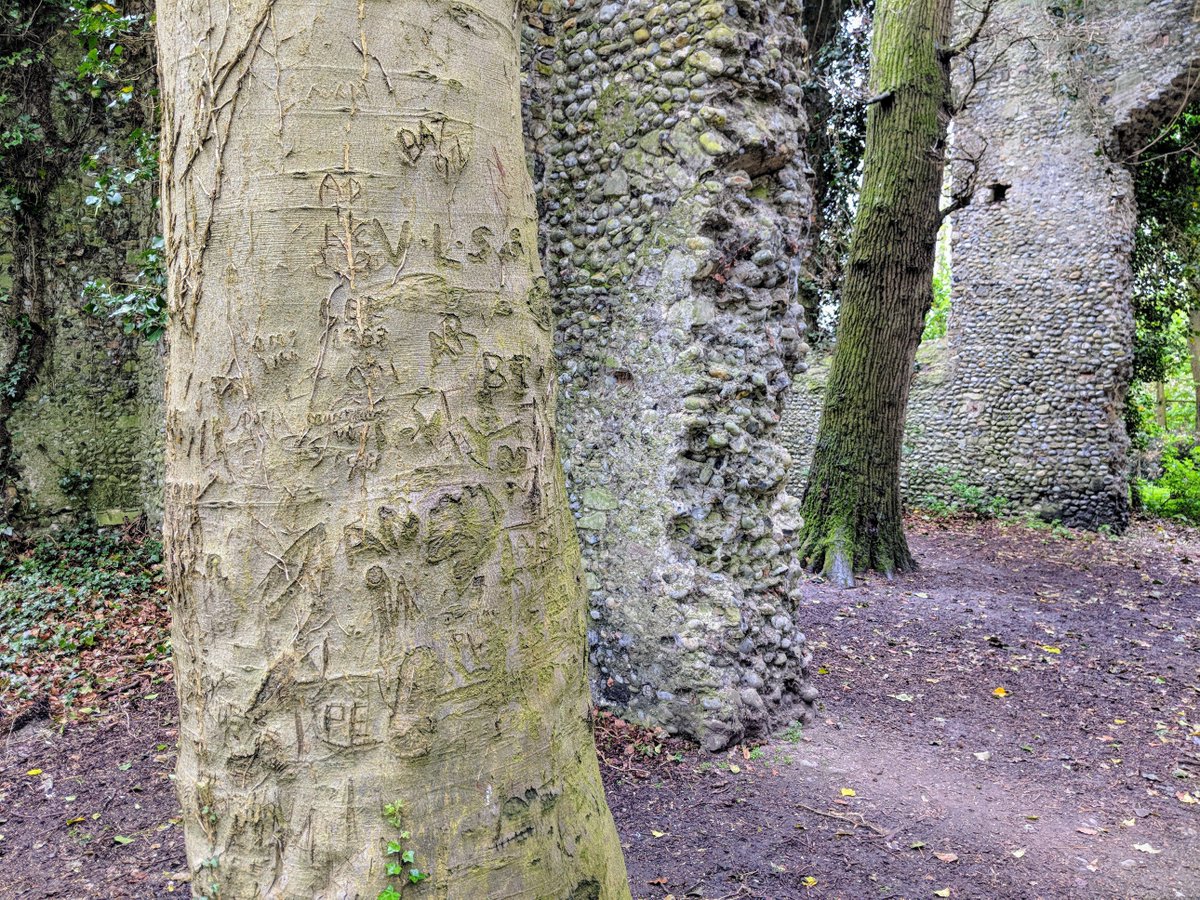
The walls of the church are built of the same knapped flint used by stone age peoples, in this area devoid of other building stones - very common for Norfolk churches.
I started messing around with taking video in the ruin, making myself a point of stillness around which the ruin turned.
(books.google.co.uk/books?id=cFkJA…)
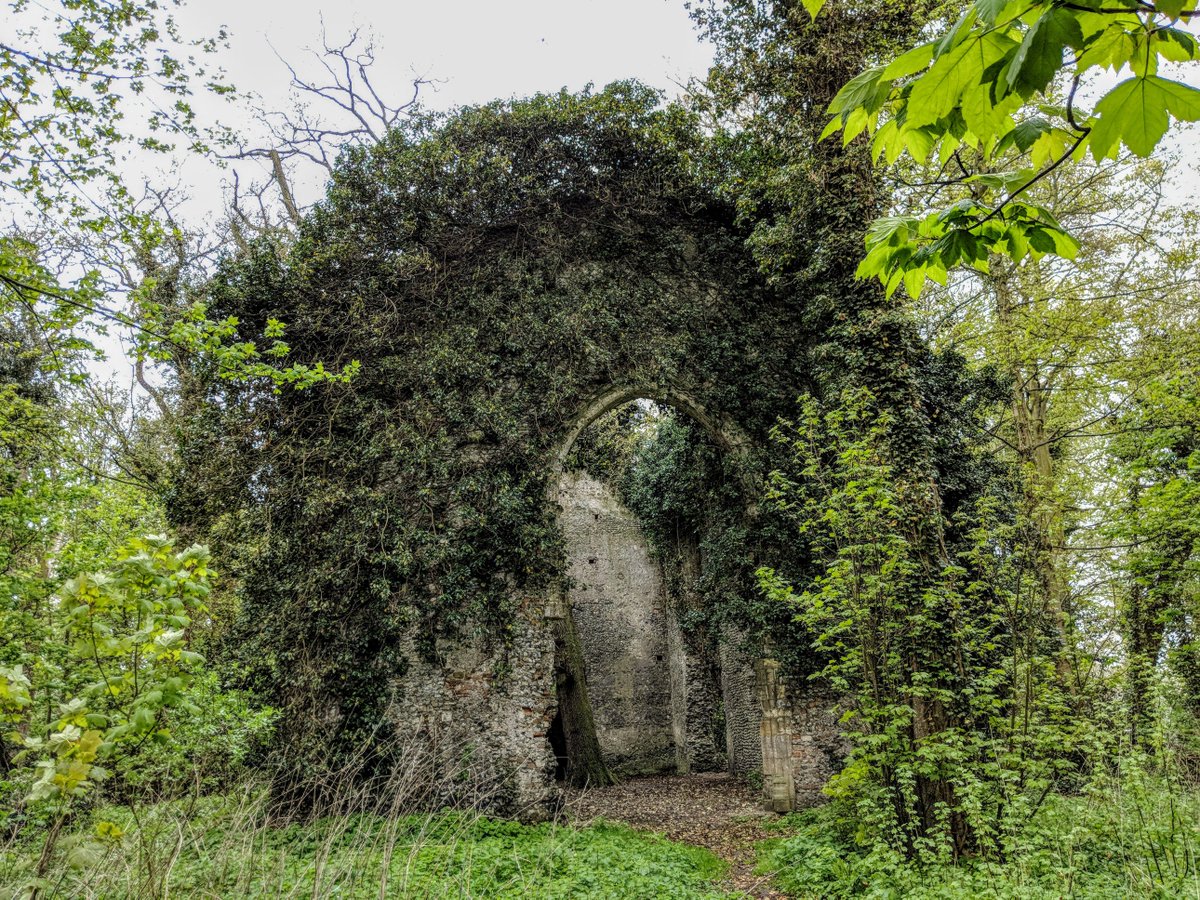

But as I took one last walk around the crumbling walls & then left, I couldn't help but glance over my shoulder to make sure nothing was following.
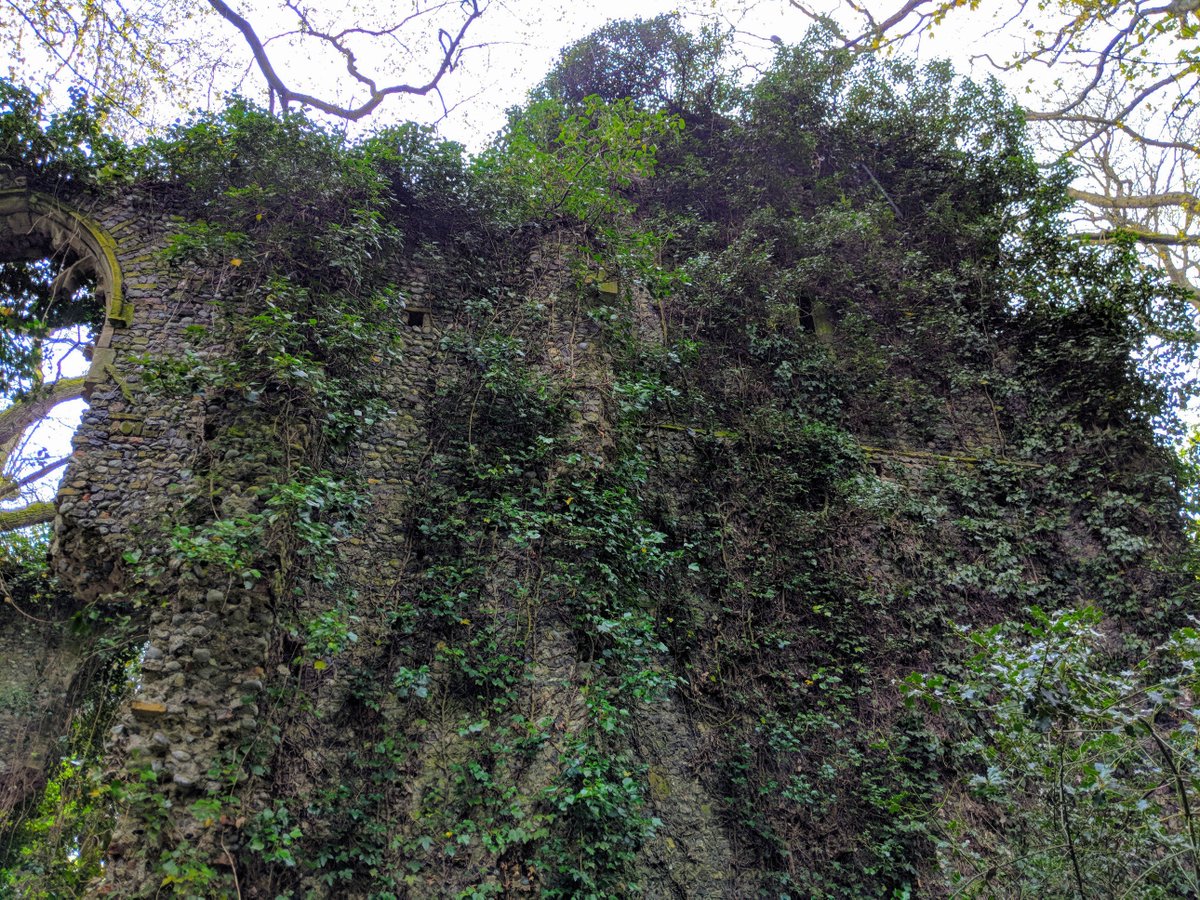
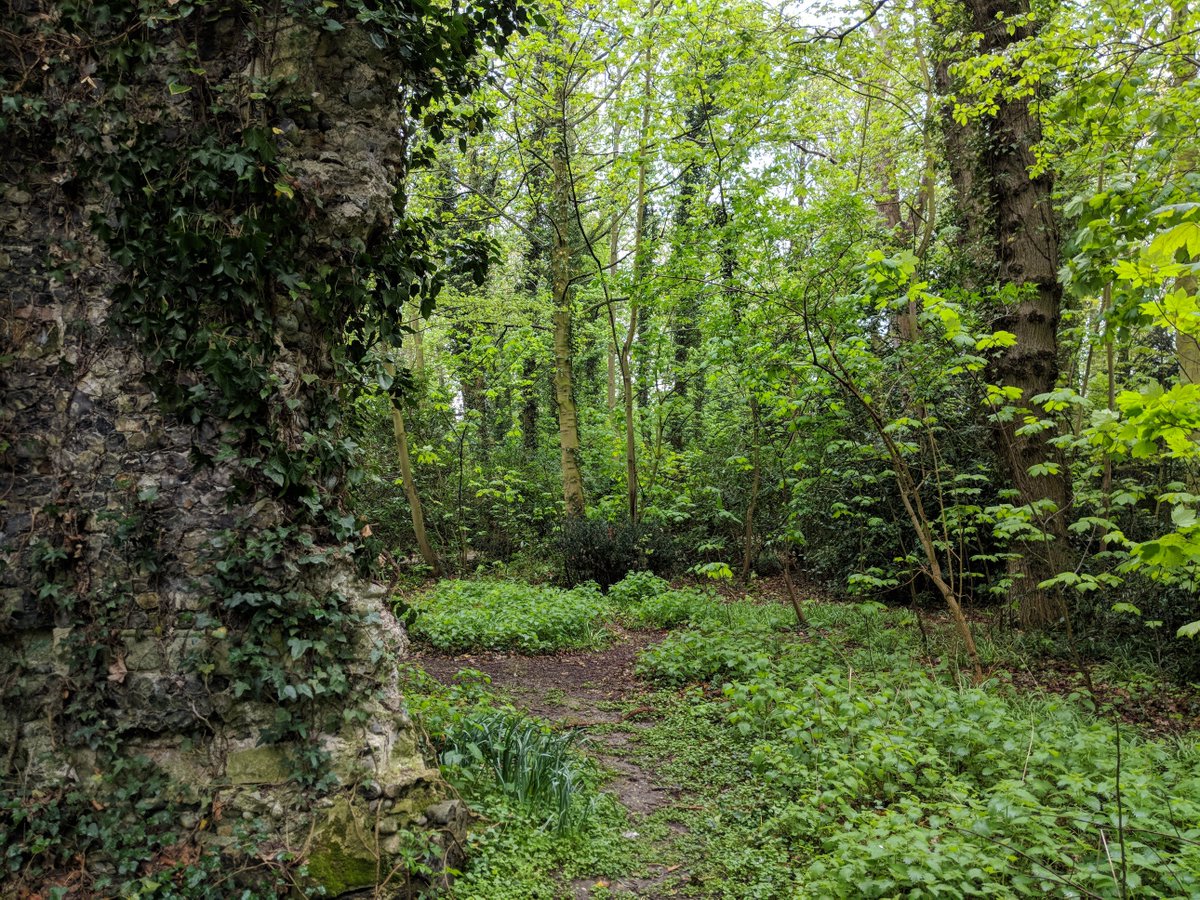
And if you’d like to chip in for my bus fare, you can do so here. ko-fi.com/paulmmcooper
















